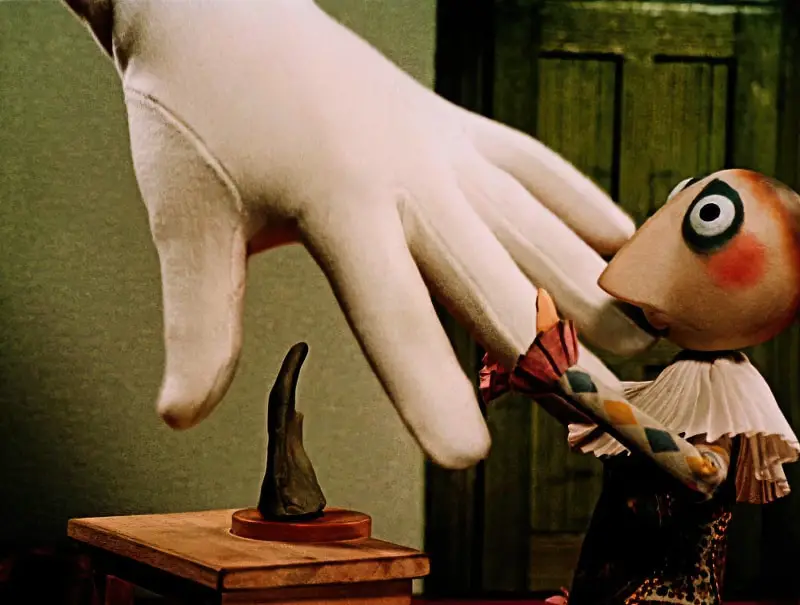Whenever you’re watching a documentary which anonymises its subjects, the camera often tips down to emphasise the hands. What are the hands doing? Picking at fingernails? In a tight grip? Relaxed and open? This close up on the hands is clearly meant to say something about emotional affect.
It’s also interesting to take a look at hands as they appear in advertising.
Why did Bob Peak emphasise hands in his series of 20th century advertisements for 7UP lemonade? He also emphasises masculinity. Could the emphasis on hands be to convey agency and the almost subliminal message that we should being using our own empty hands to get up and do something, ideally to grab a bottle of lemonade?
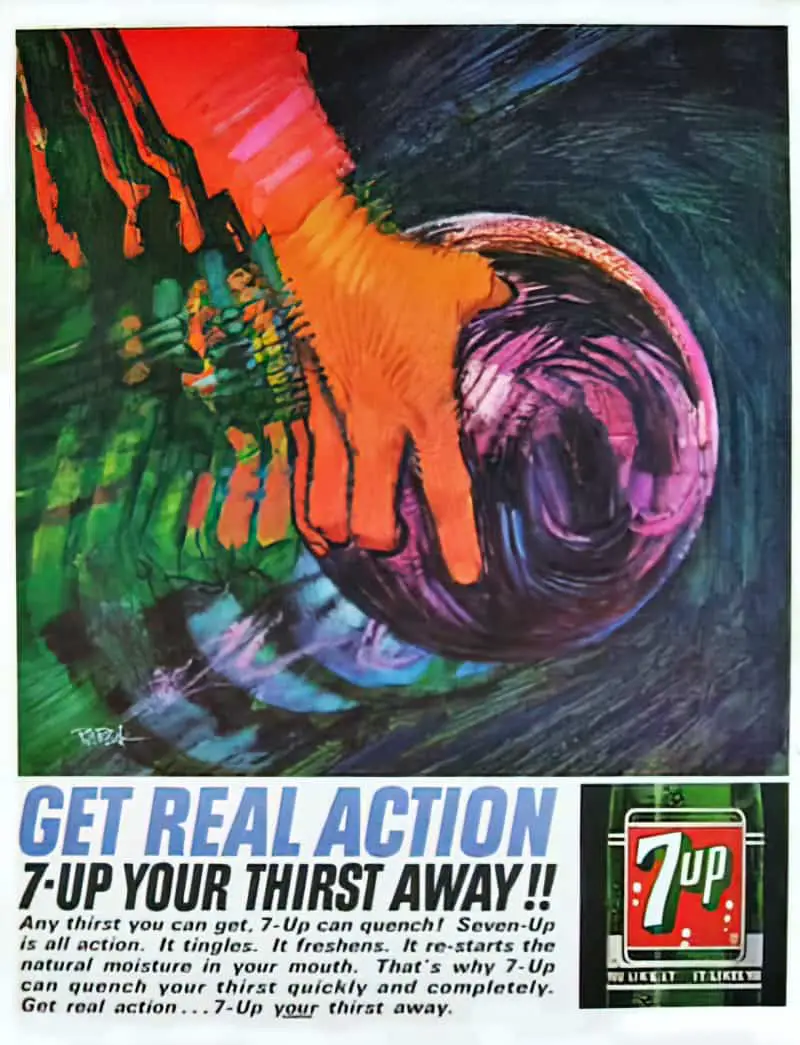
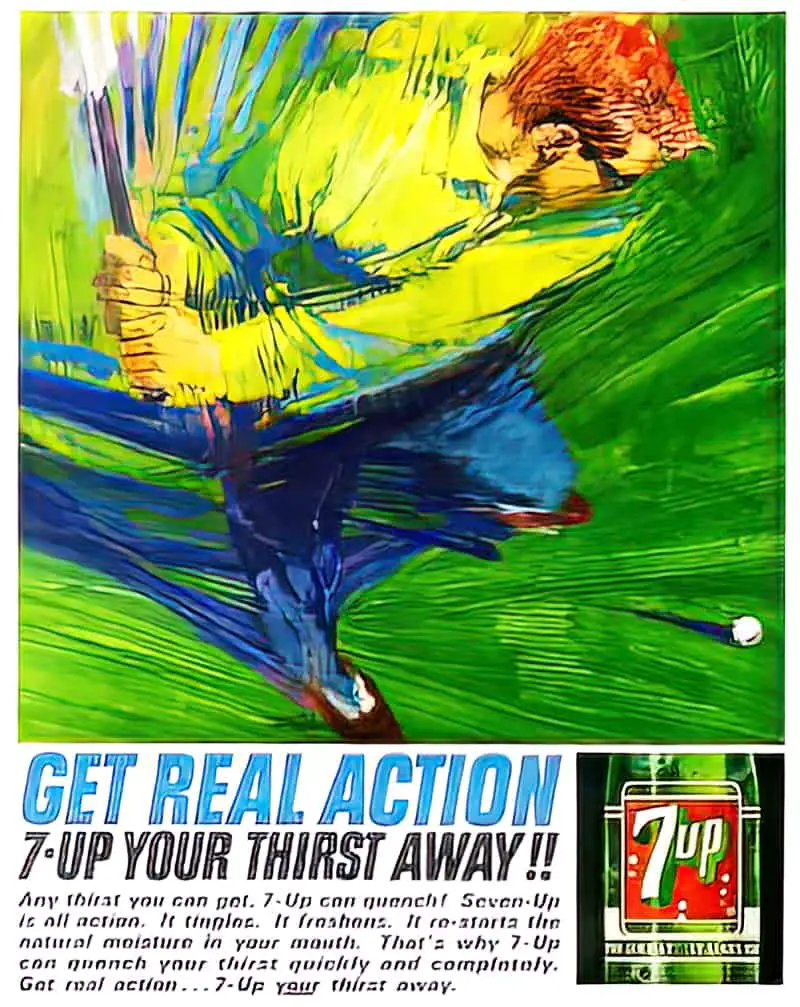
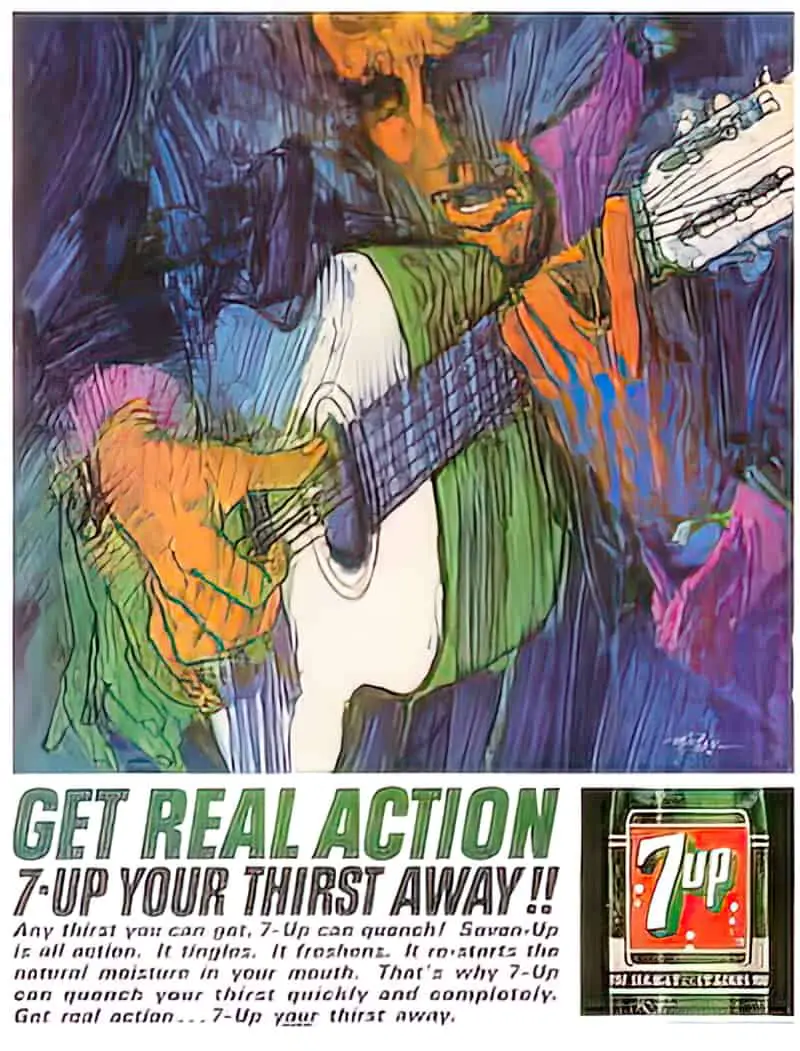
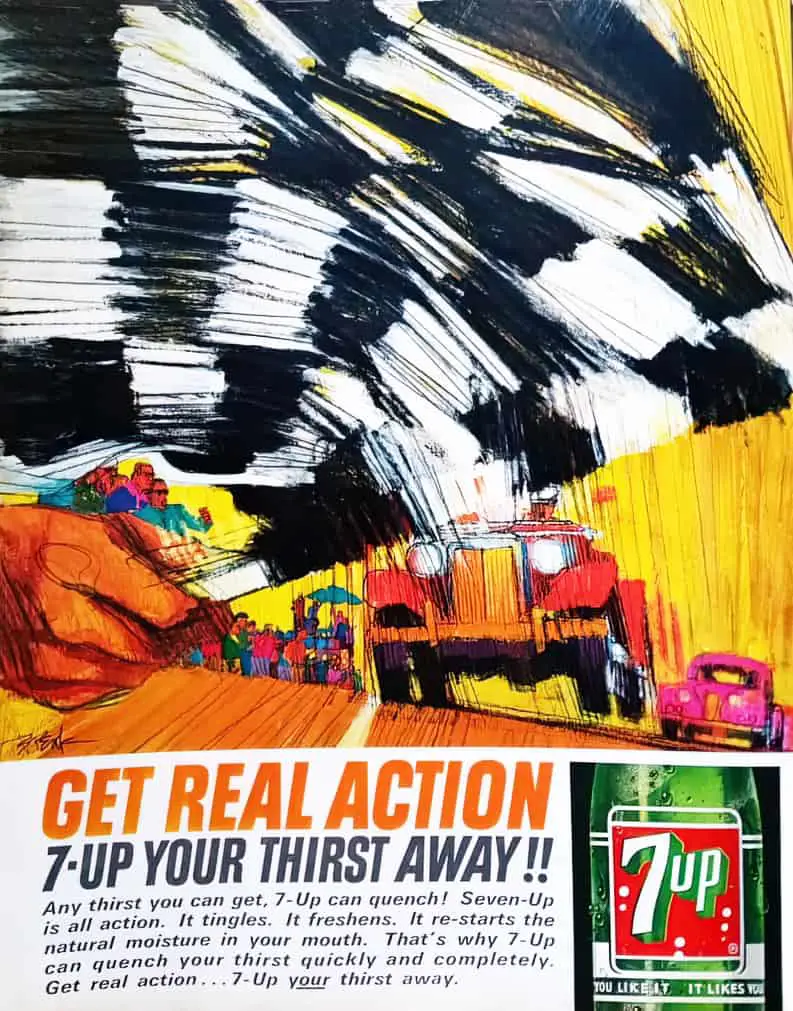
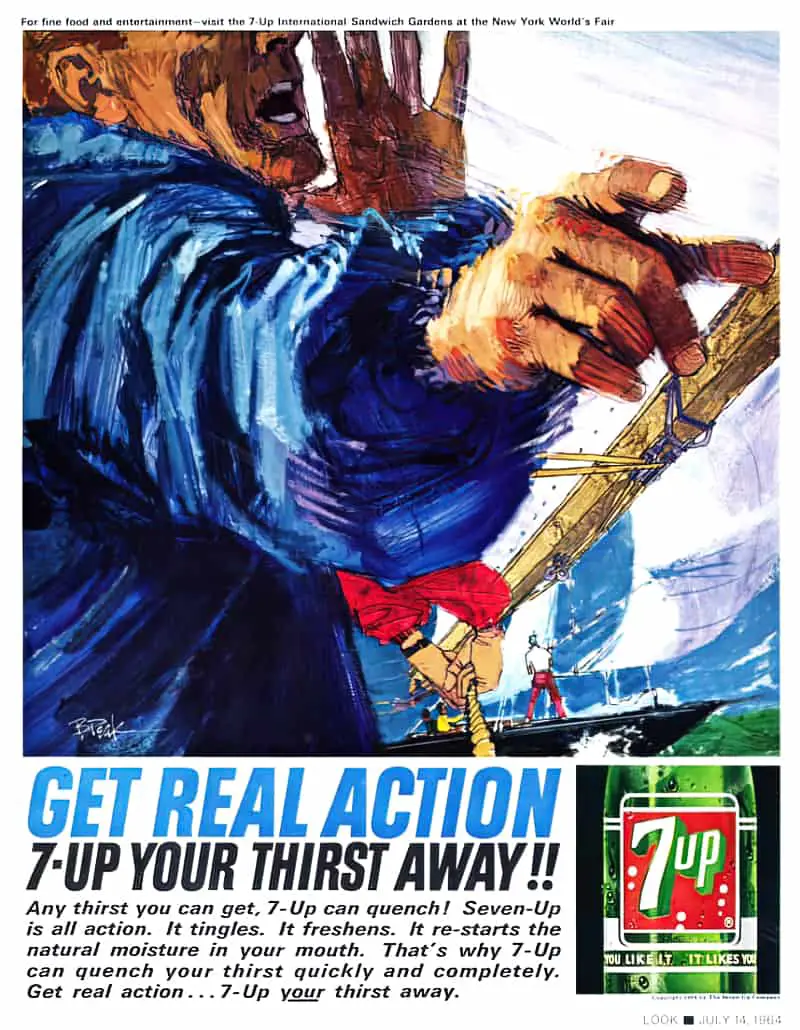
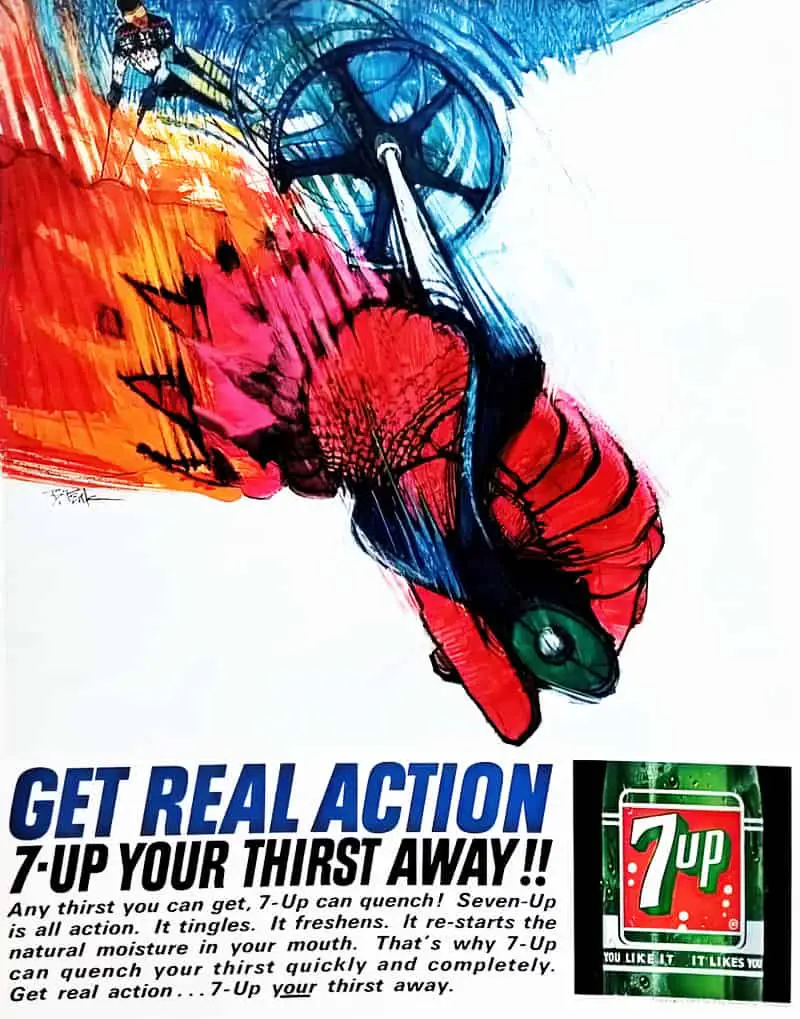
Bob Peake wasn’t the first to make use of the powerful hand to sell fizz. Here’s an earlier example selling Coca-Cola. (Same company. I’m guessing a different artist.)
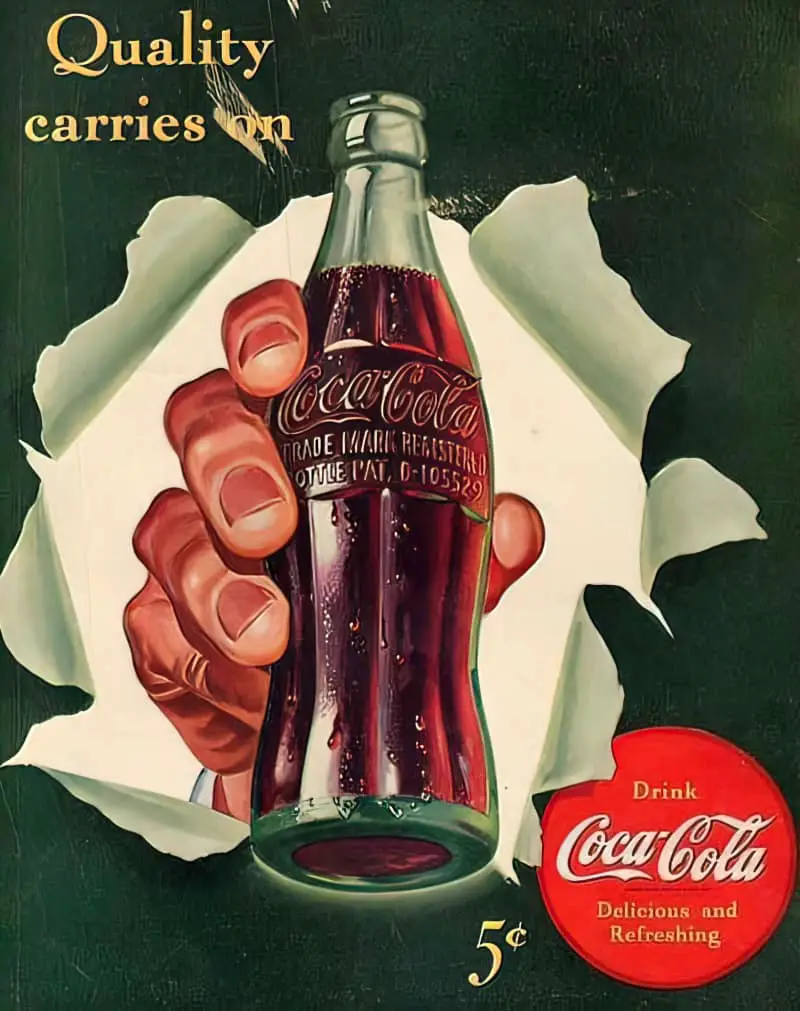
THE HANDS OF SIX FEET UNDER
There’s a beautiful example of hand symbolism in the opening sequence of Six Feet Under. Note that the opening sequences of TV shows are contracted out to companies who specialise in this area rather than made by the story creators themselves. (I know this from listening to the Six Feet Under yak track, back when DVDs were a thing.) That’s why opening sequences so often feel tonally different from the show, yet still fitting.
Watch the opening to Six Feet Under and notice all the images of hands. (Admittedly, there are some feet as well.)
The image of the ‘family tree’ connects to the joined hands of family members. (We’ll find out later that they characters are related.) But this image also connects to the hands of a mortician at work. (They look like David’s hands to me.)
Christopher Peterson points all this out in their opening to a book called Kindred Specters: Death, Mourning and American Affinity (2007).
Peterson has a word for the Otherness which American (Western) society thrusts upon racial and sexual others: Social death. Judith Butler calls it social abjection. ‘Abjection’ comes from Julia Kristeva’s famous essay. (There’s yet another word for ‘otherness’, haha. It’s ‘alterity’.)
The hands of the mortician in that opening sequence of Six Feet Under are clearly a depiction of hand sanitisation. (If covid-19 taught us nothing else, it was that.) But these hands could equally be the hands of a Grim Reaper, rubbing his hands together at the prospect of a new death. The slow motion of this image suggests the Grim Reaper is relishing the prospect and also rubbing the spectre of death in our face.
BREAKING BAD AND CHIRALITY
Episode two of Breaking Bad is called “Cat’s in the Bag”. Walter White is teaching his high school chemistry class. His lesson foreshadows the character change to come:
WALTER. So the term “chiral” derives from the Greek word “hand.” Now, the concept here being that just as your left hand and your right hand are mirror images of one another, right, identical and yet opposite, well, so, too, organic compounds can exist as mirror-image forms of one another all the way down at the molecular level. But although they may look the same, they don’t always behave the same. For instance…Thalidomide. The… The right-handed isomer of the drug thalidomide is a perfectly fine, good medicine to give to a pregnant woman to prevent morning sickness. But make the mistake of giving that same pregnant woman the left-handed isomer of the drug thalidomide and her child will be born with horrible birth defects. Which is precisely what happened in the 1950s. So chiral, chirality, mirrored images, right? Active, inactive, good, bad.
“Cat’s In The Bag”, Breaking Bad
Although Walt looks the same at this point, his behaviour has changed. Walter White is himself an example of chirality. Via the example of thalidomide, the audience is encouraged to think of Walter as good and bad at the same time.
Later in the same episode, however, Walter White tips over into “bad” when he kills a man who no longer poses a near and present danger. At this point, the storytellers have pulled off what has been called a “moral bait and switch”.
This moral bait and switch was done so well by the writing team of Breaking Bad that other prestige shows have tried to pull it off numerous times since. I’m still waiting for a show as expertly constructed as Breaking Bad, though the storyline doesn’t work for misogynistic audiences who failed to pick up on the moral bait-and-switch, instead directing their anger at Skyler.
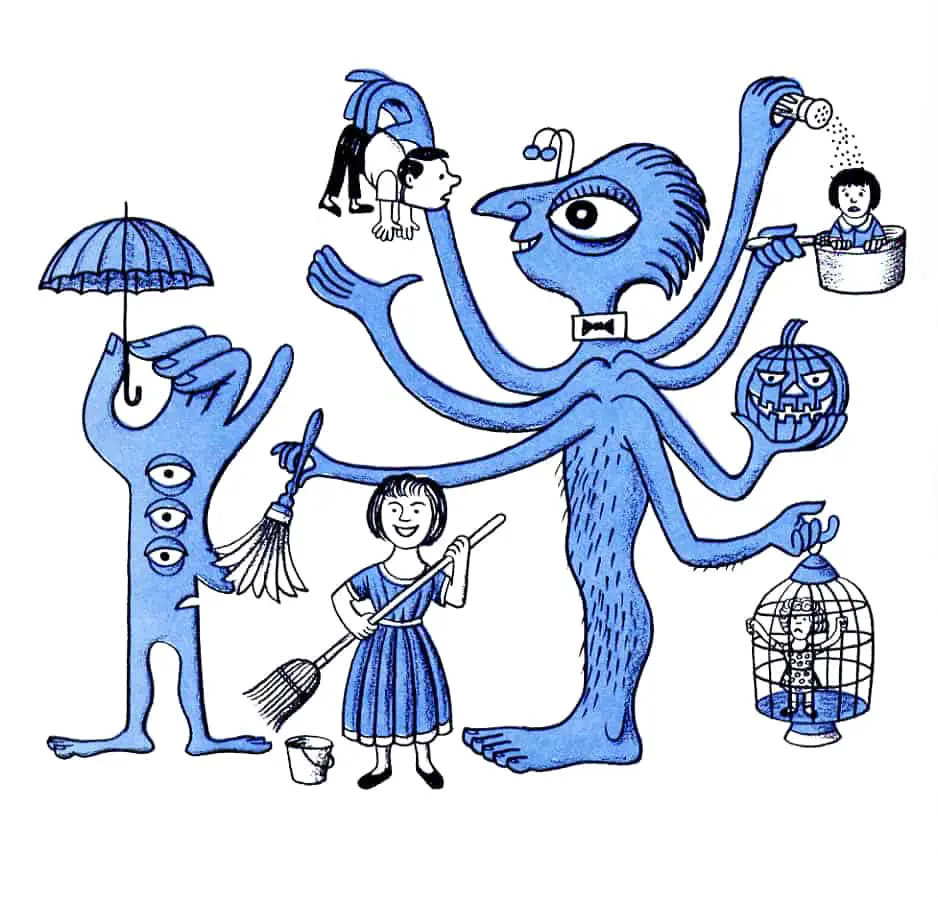
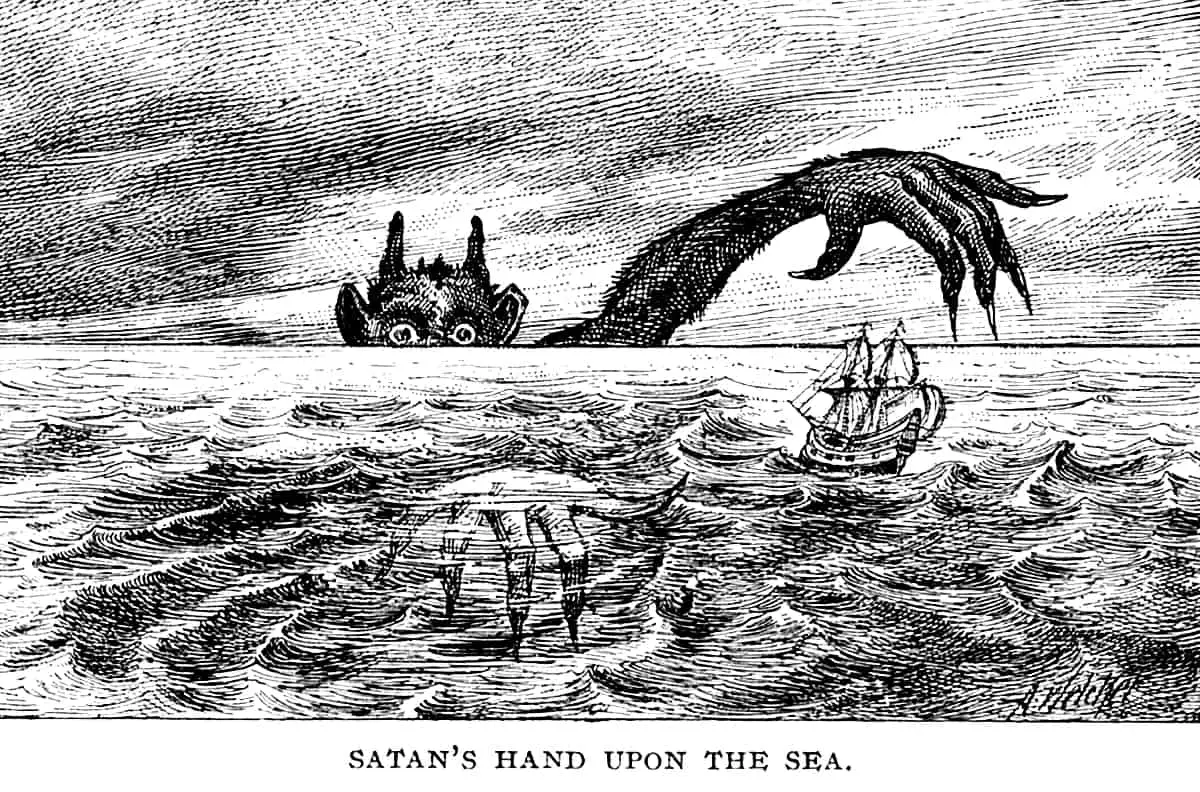
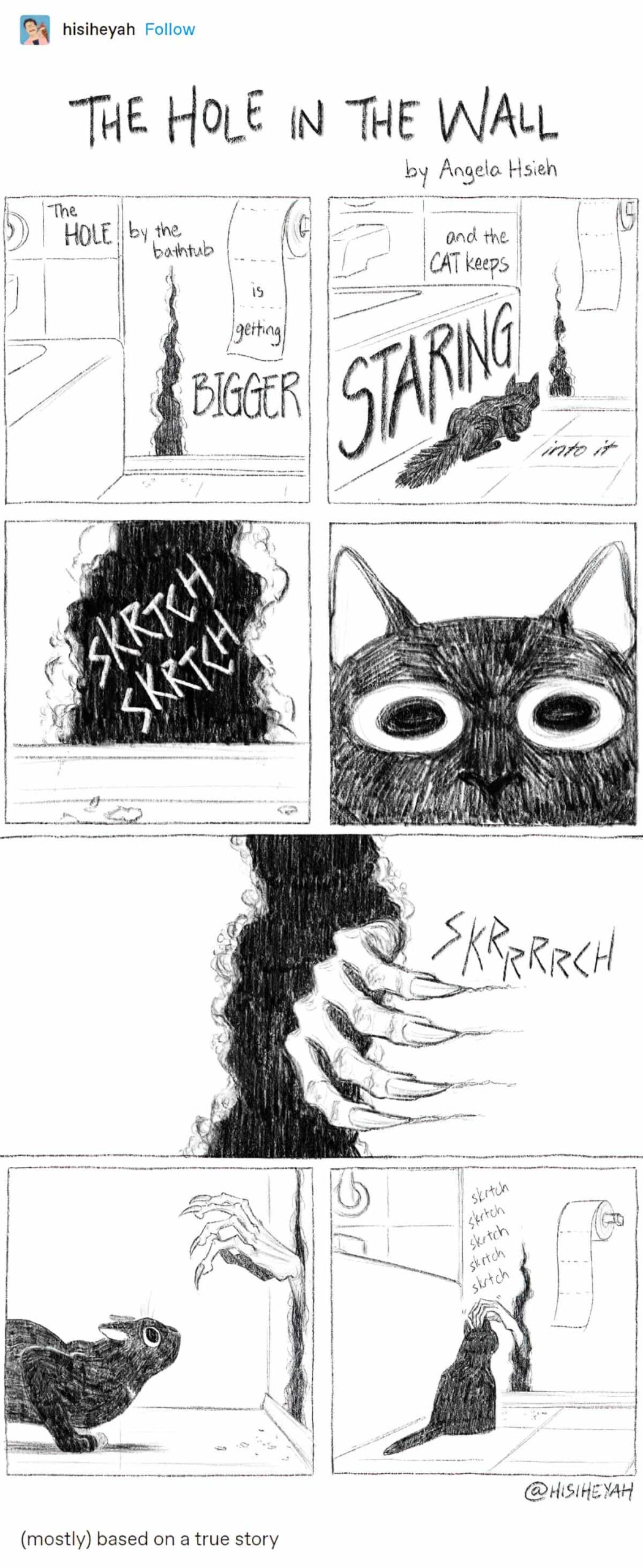
We know the gods are nothing if not capricious. What they give with golden hands, they may take away with bloody ones.
Erica Jong, from ‘Sappho’s Leap’
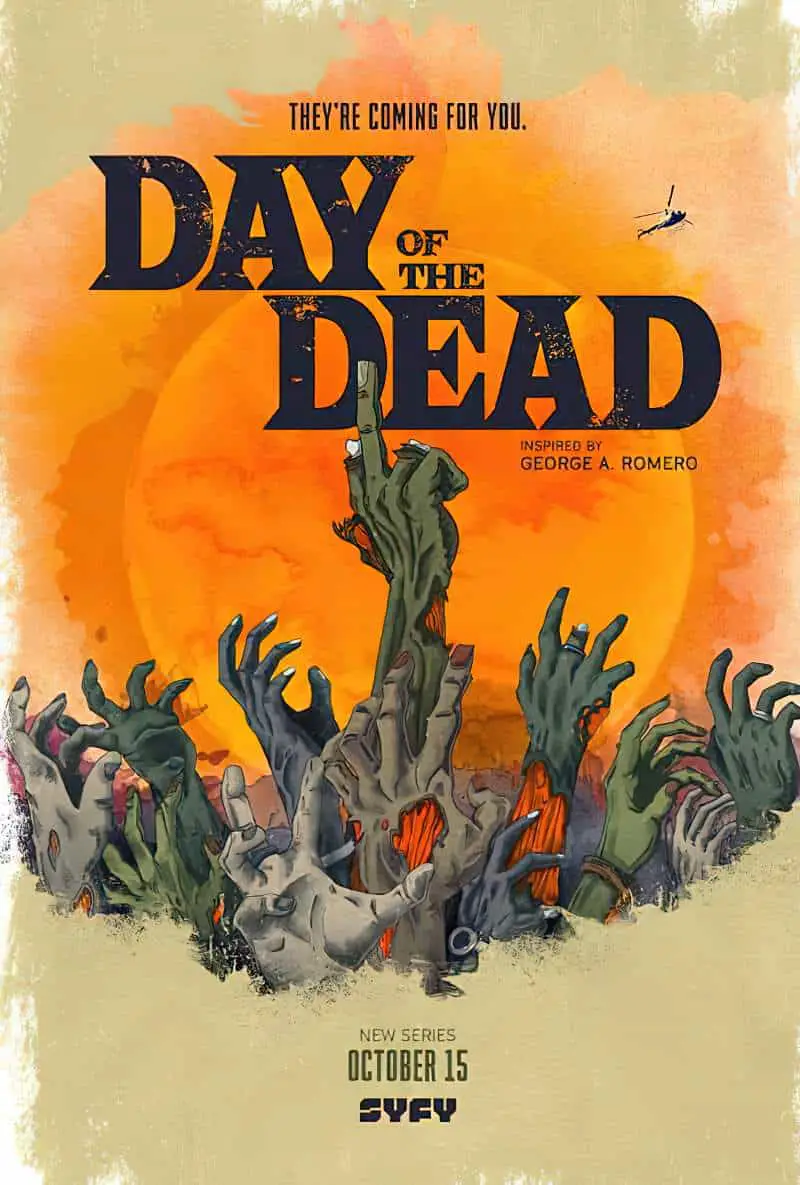
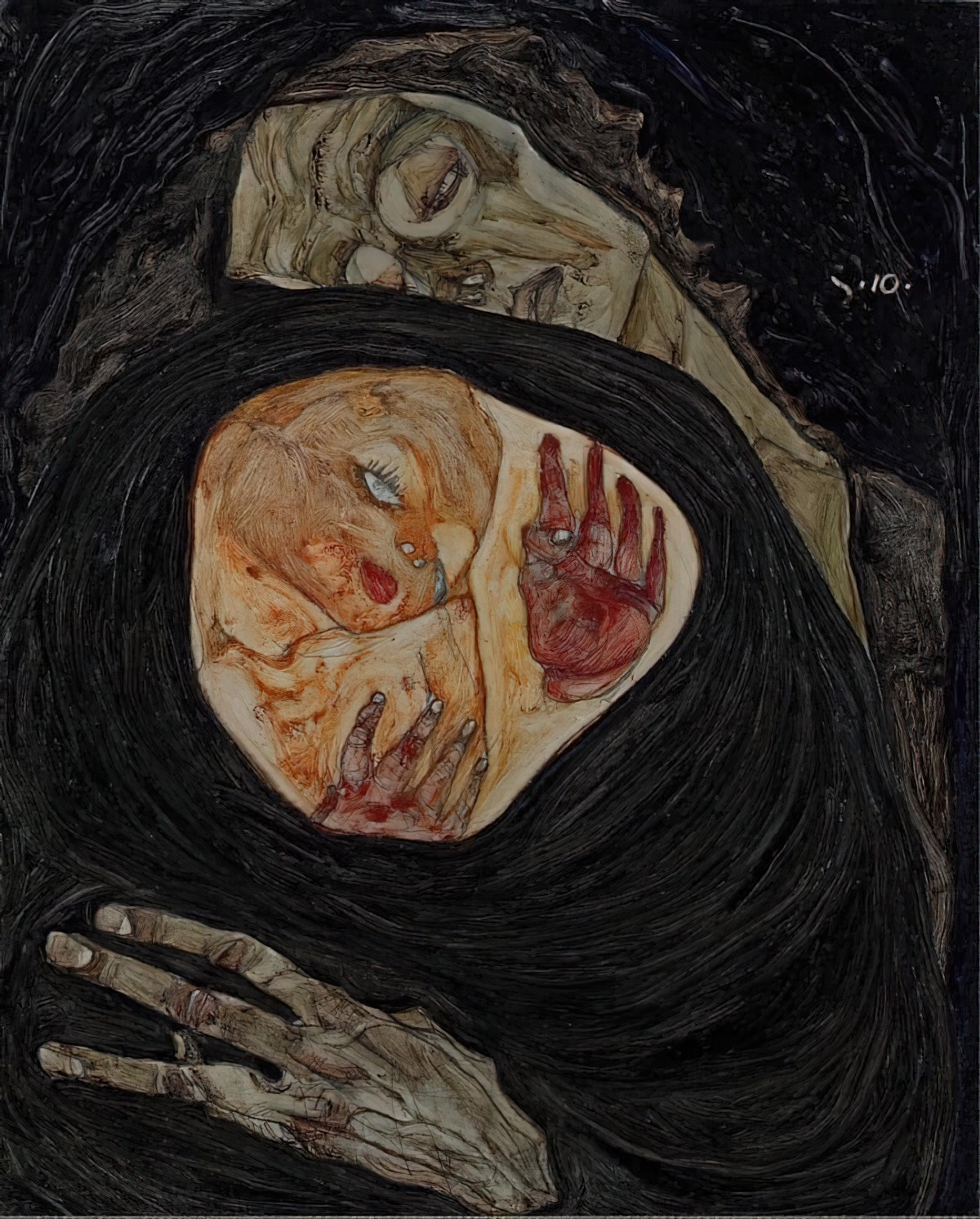

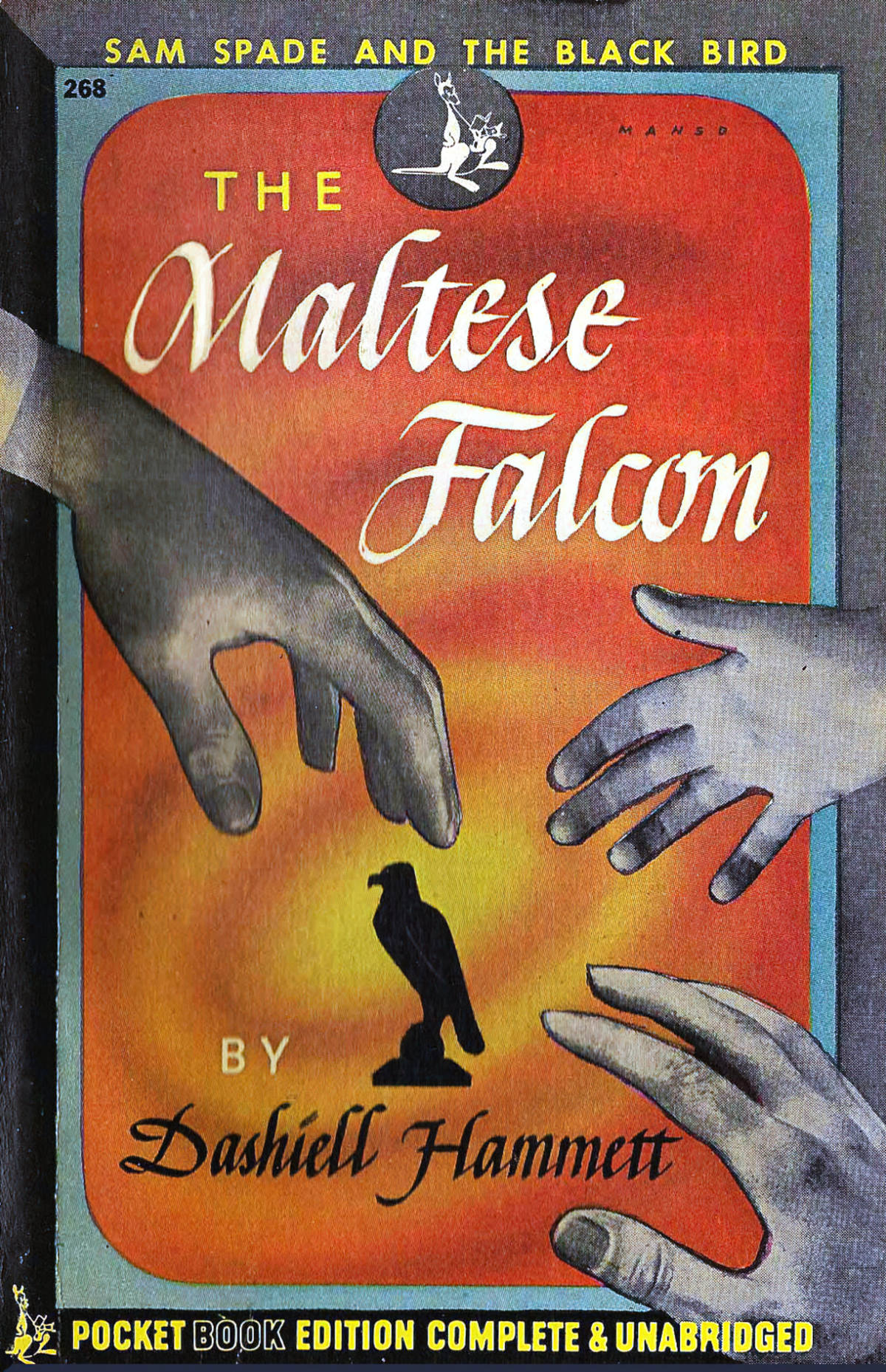
THE FOREFINGER PROD OF GHOSTS, WITCHES AND OTHER SUPERNATURAL CREATURES
What is it about being touched with a forefinger which is so very different from being touched with the entirety of the palm? One is accusatory, the other (ideally) comforting. In any case, we associate the prod strongly with the touch of ghosts.
He touched me on the arm with his forefinger twice or thrice, giving a ghastly nod each time
“The Signalman” by Charles Dickens
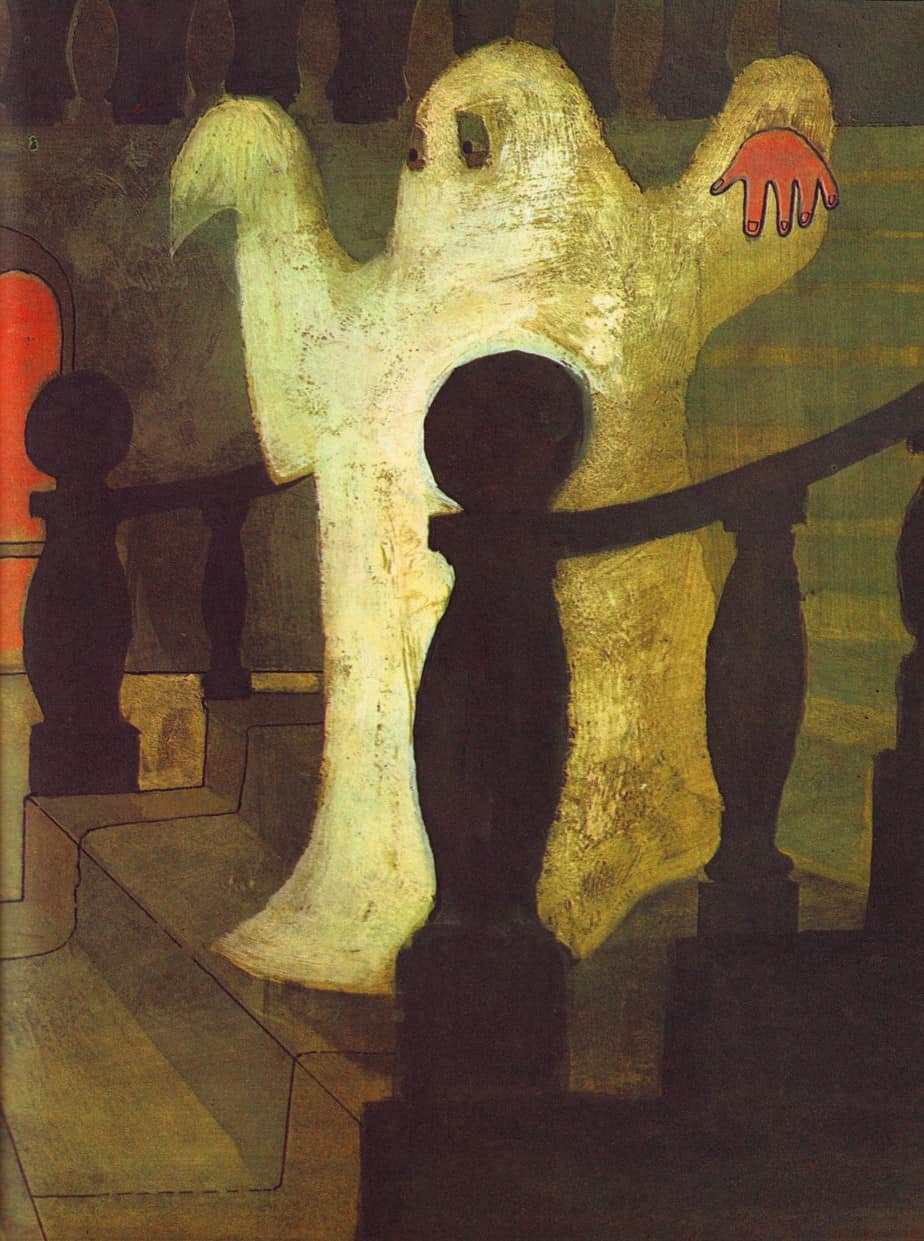
Jennifer Bann writes about the hands of Victorian ghost stories in ‘Ghostly Hands and Ghostly Agency: The Changing Figure of the Nineteenth-Century Specter’. (Found in Victorian Studies, 51.)
Basically, ghostly hands get more solid and acquire more agency as the 1800s progress. More widely speaking, ghosts became more and more agentic during this time.
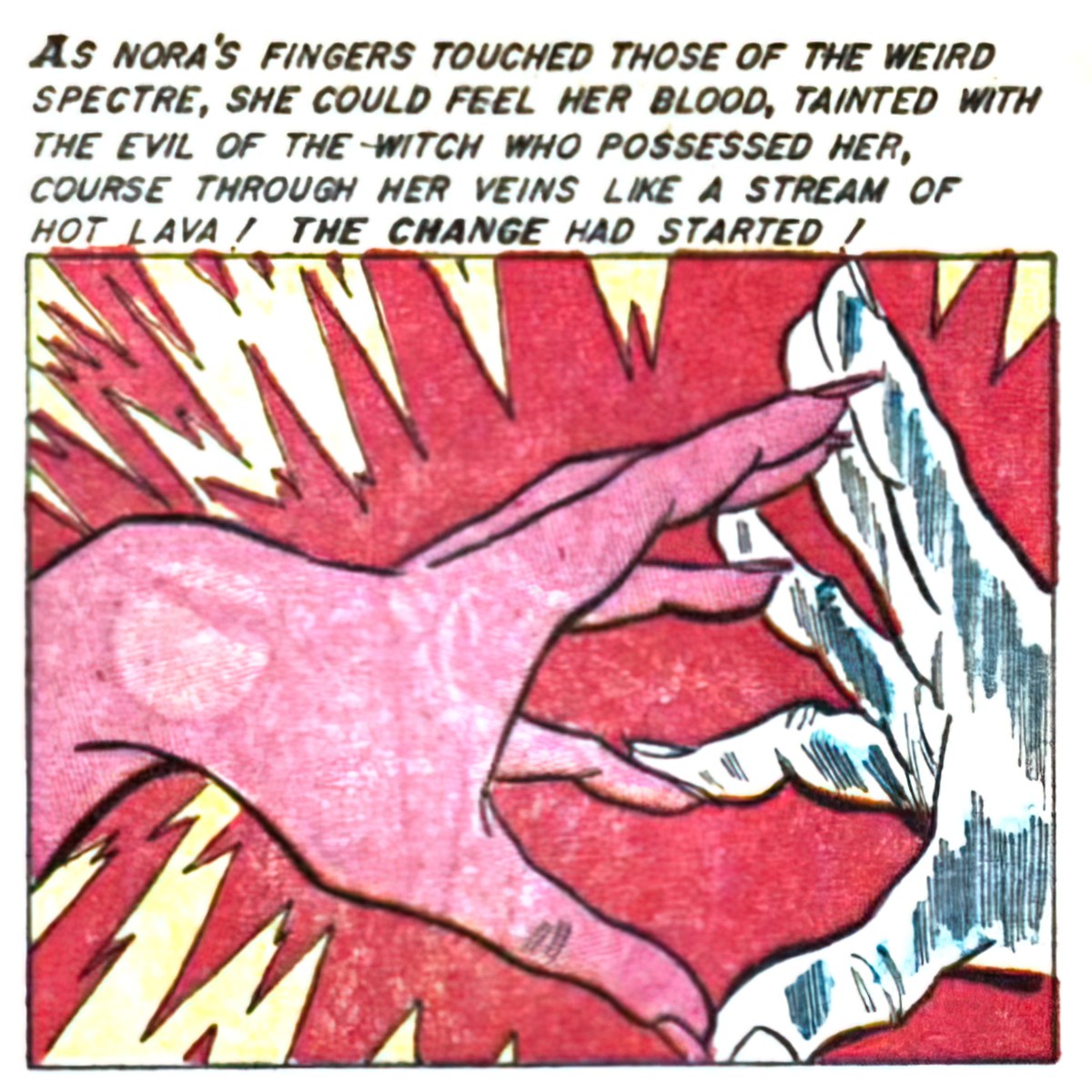
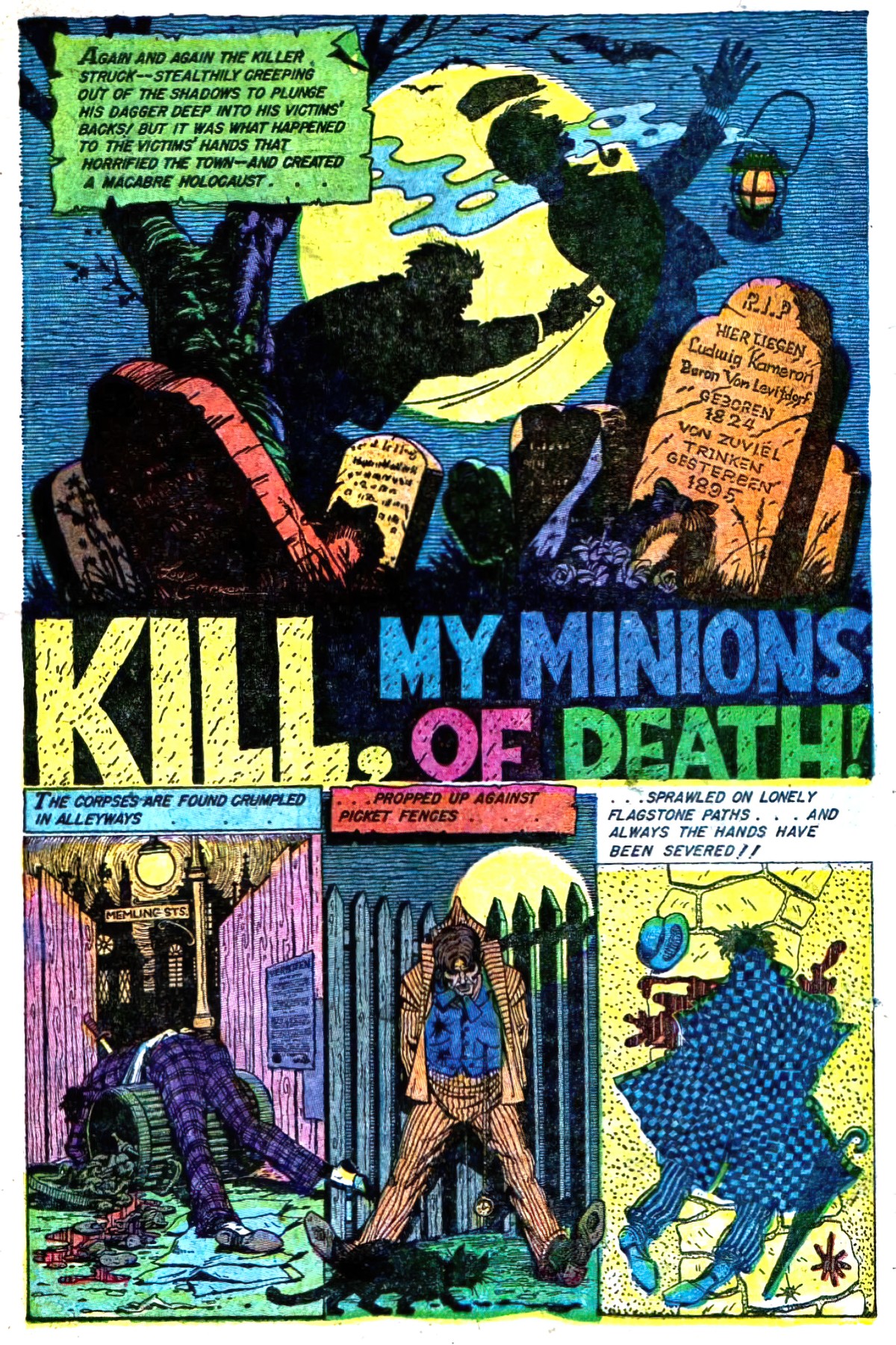
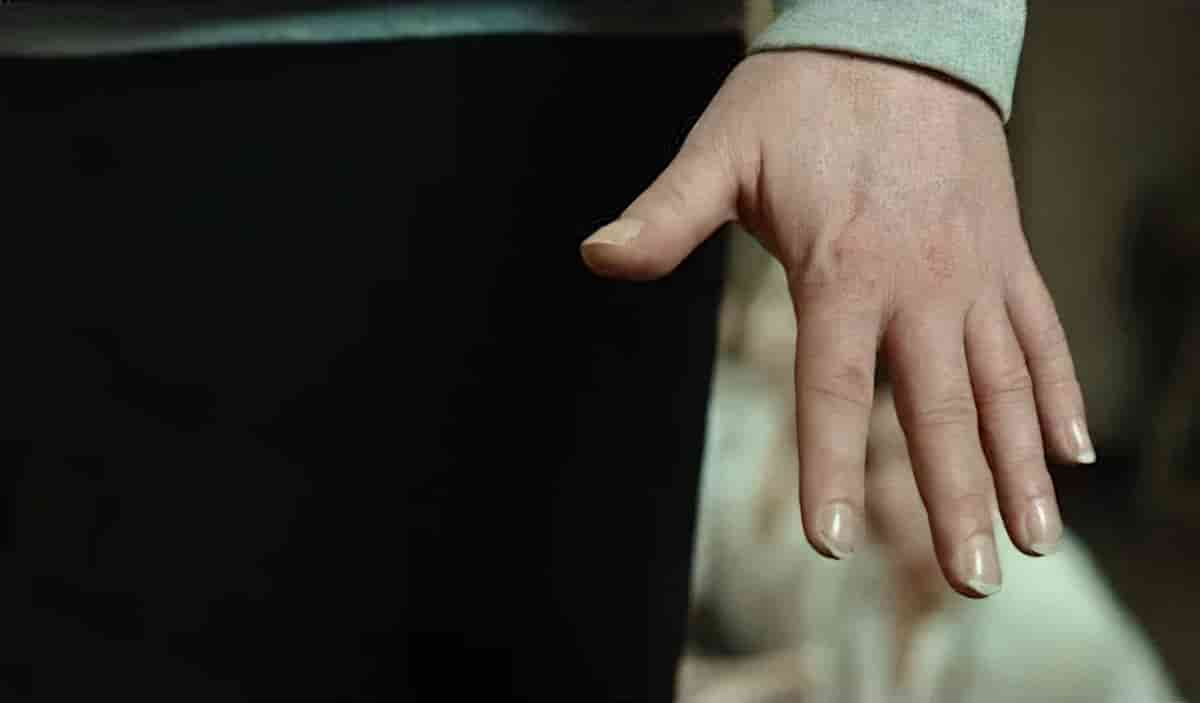
THE GENDERING OF HANDS
The photograph below is of two door knockers in Iran. Women used one knocker, men the other. It was important to know the gender of a person who knocked on your door because women were forbidden from opening the door to men, especially to unknown men.
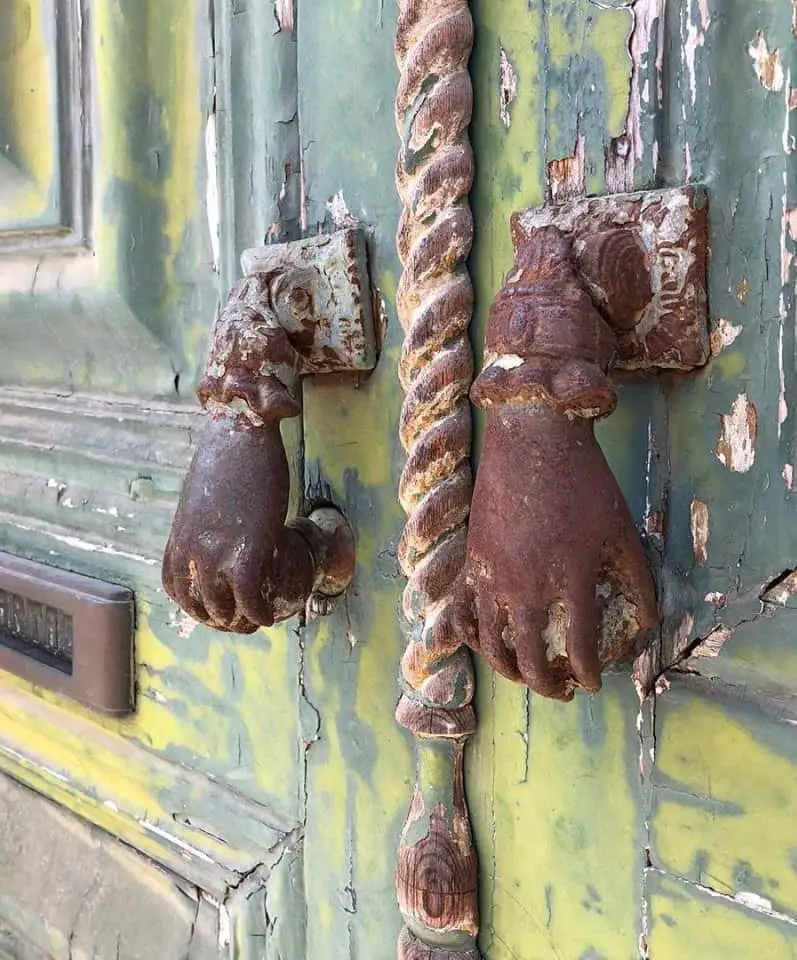
It stands out to me looking across art and illustration that female and male hands get very different treatment. The 7UP illustrations above show the active, go-get-em symbolism of the masculine hand. The masculine hand can also exact damage if misdirected. Many illustrations illuminate a wide cultural fear of masculine hands, which is, unfortunately, not unwarranted.
The disembodied hands below could technically belong to anyone, but powerful clenched fists tend to be coded masculine.
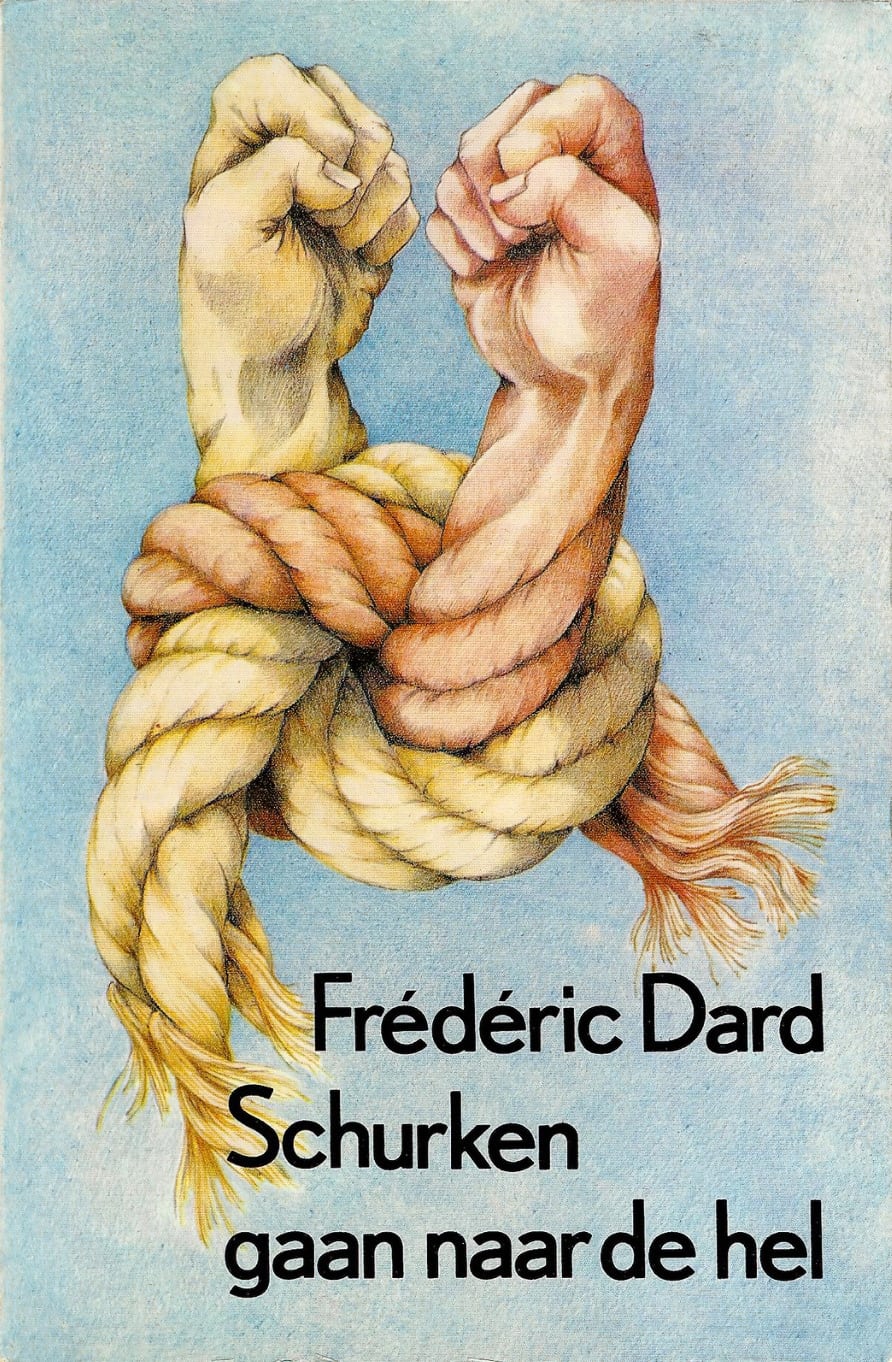
Female hands generally get treatment such as that depicted in the music video below. “Slip through your hands” is the refrain. The young woman covers herself in goop in a sensual way and swims underwater. Her slo-mo hand movements are reminiscent of dance and expression rather than of violence. We still don’t see enough of this from masculo-coded characters.
This is not to say that strong, masculine hands cannot, at the very same time, be erotic. They frequently also are.
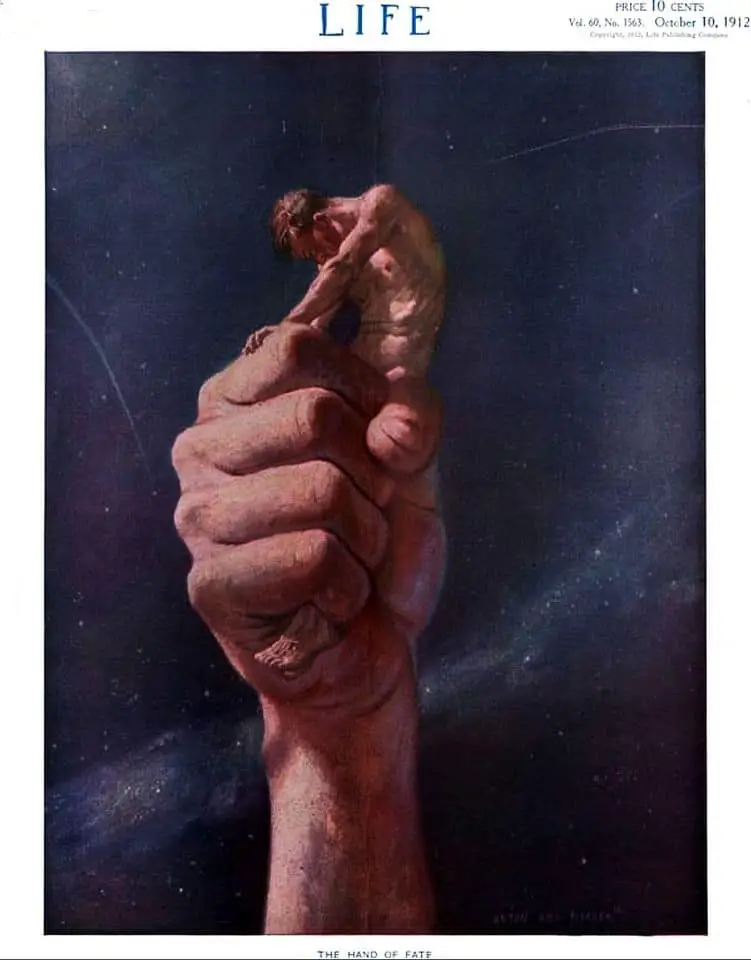
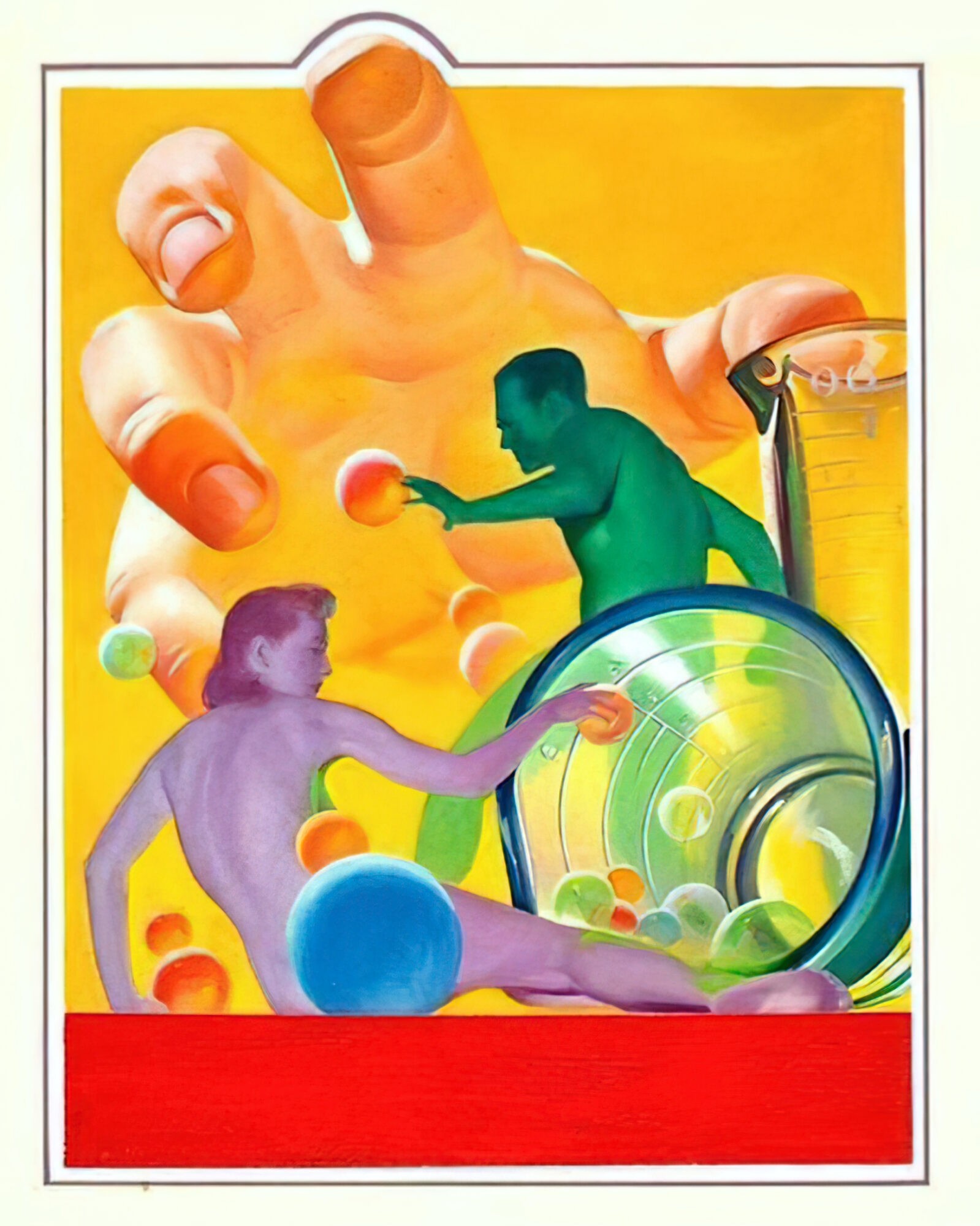
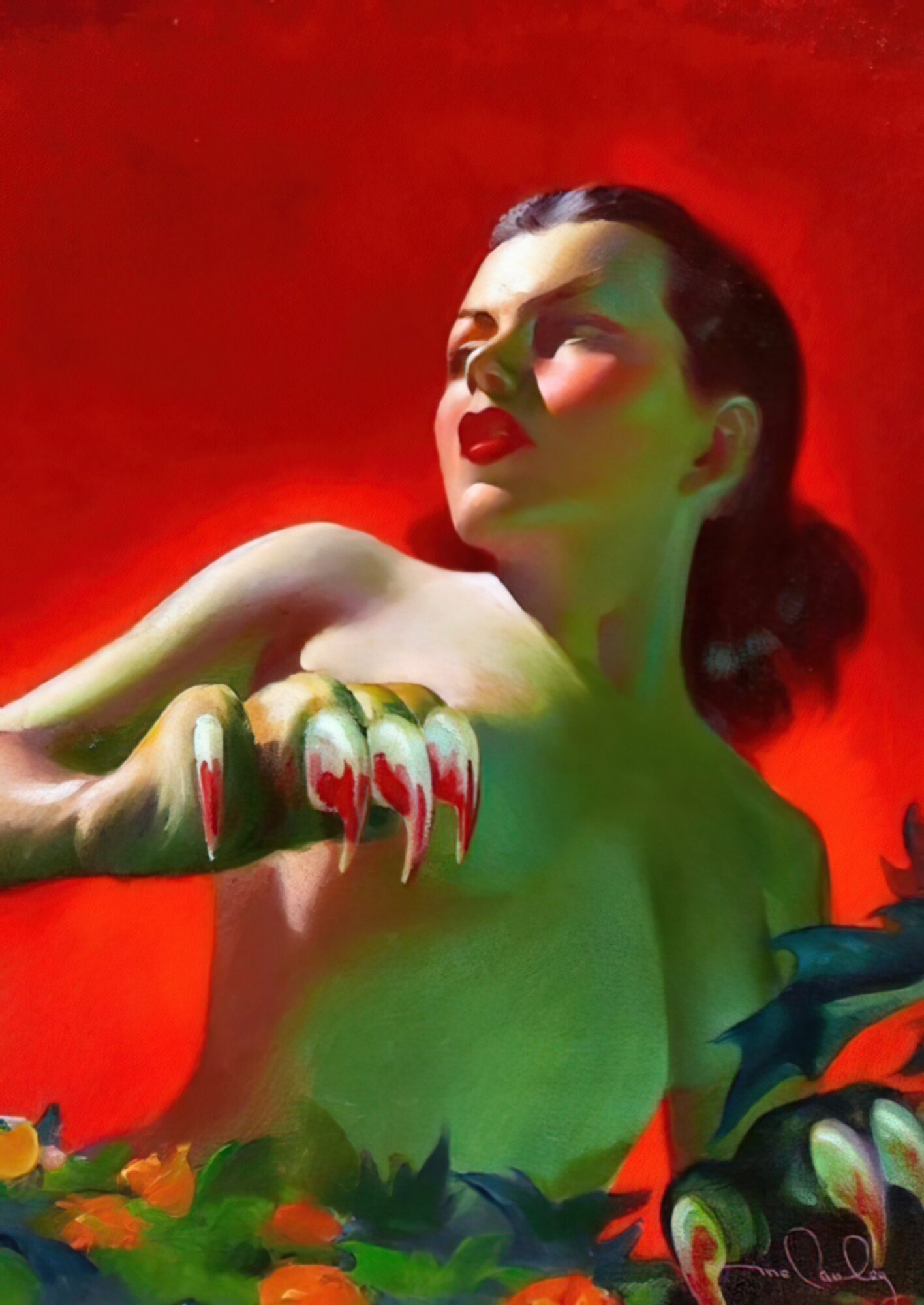
Strong, masculine hands can help consumers feel cradled and protected. Safety is important when you’re buying a motorcycle in 1929.
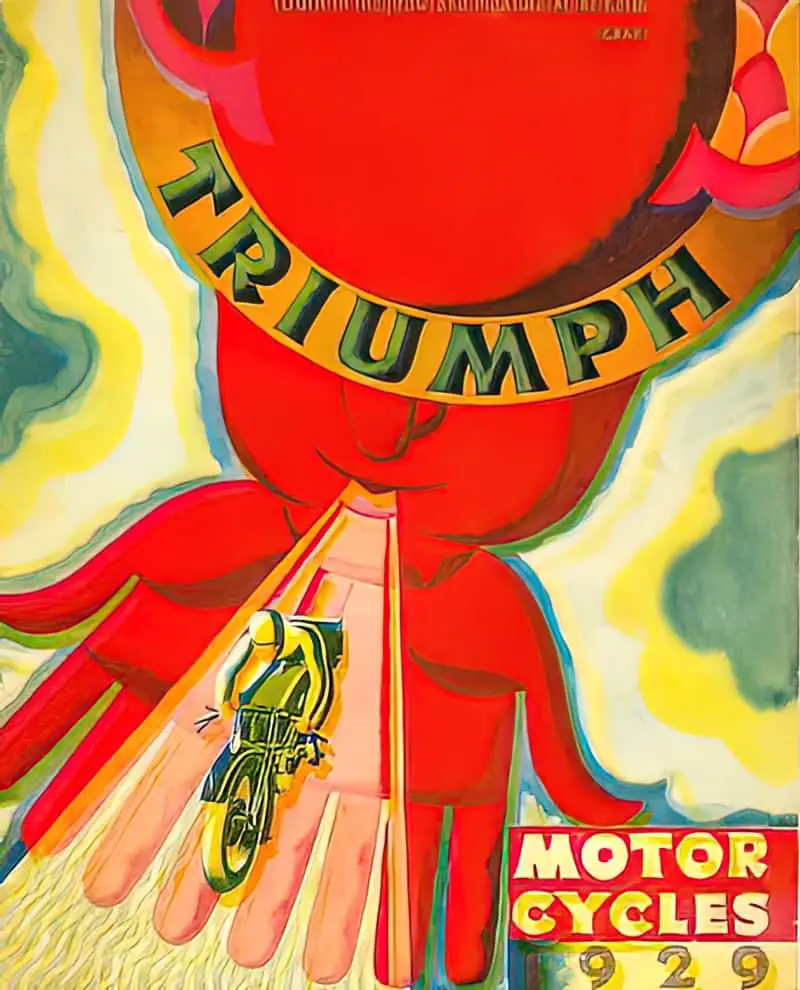
The long, skinny fingers on this issue of Vogue are typical of the era, in which bodies are elongated in accordance with fashion of the day. (1931, in this case.)
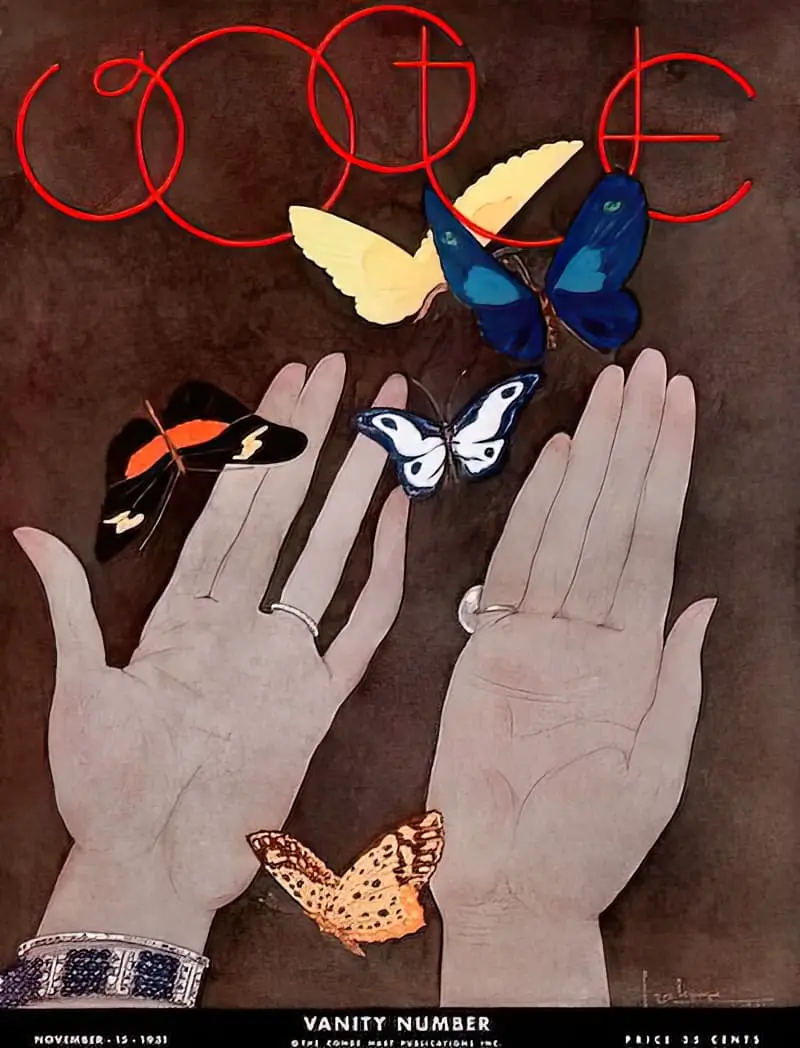
I can’t tell if the image below from 1912 is meant to be seductive or creepy. It’s quite possibly meant to be both?
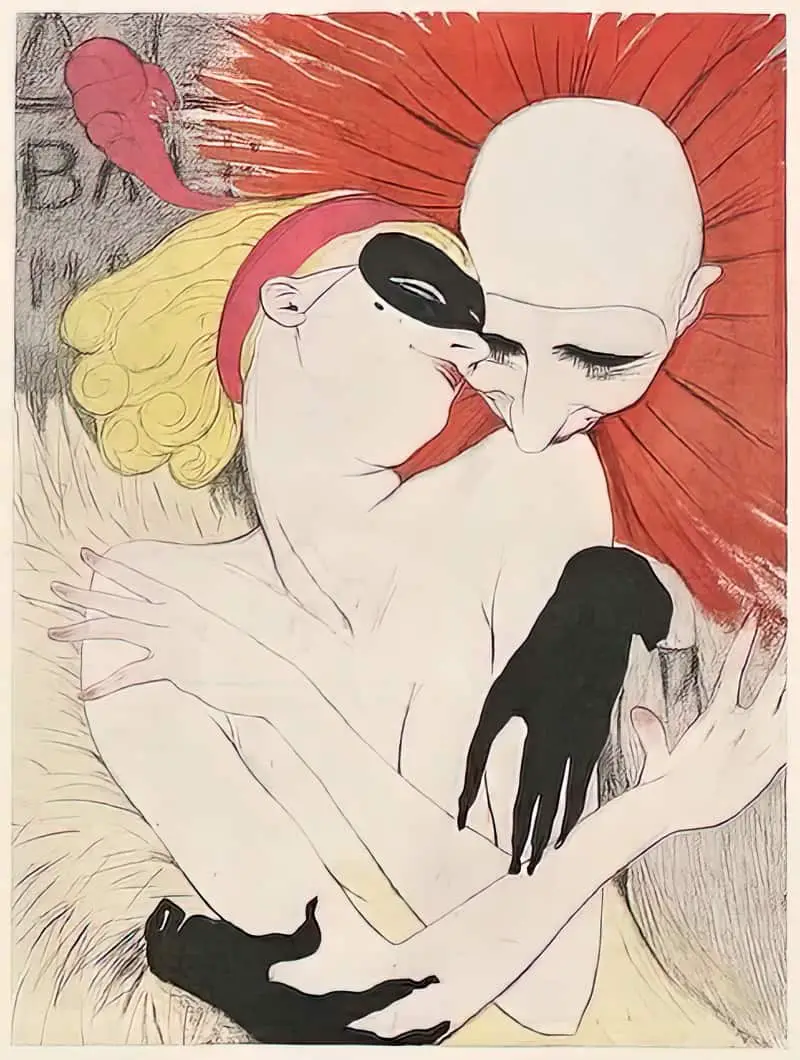
THE TOUCH OF A HUMAN HAND
When wanted, the touch of a human hand can be wonderful.
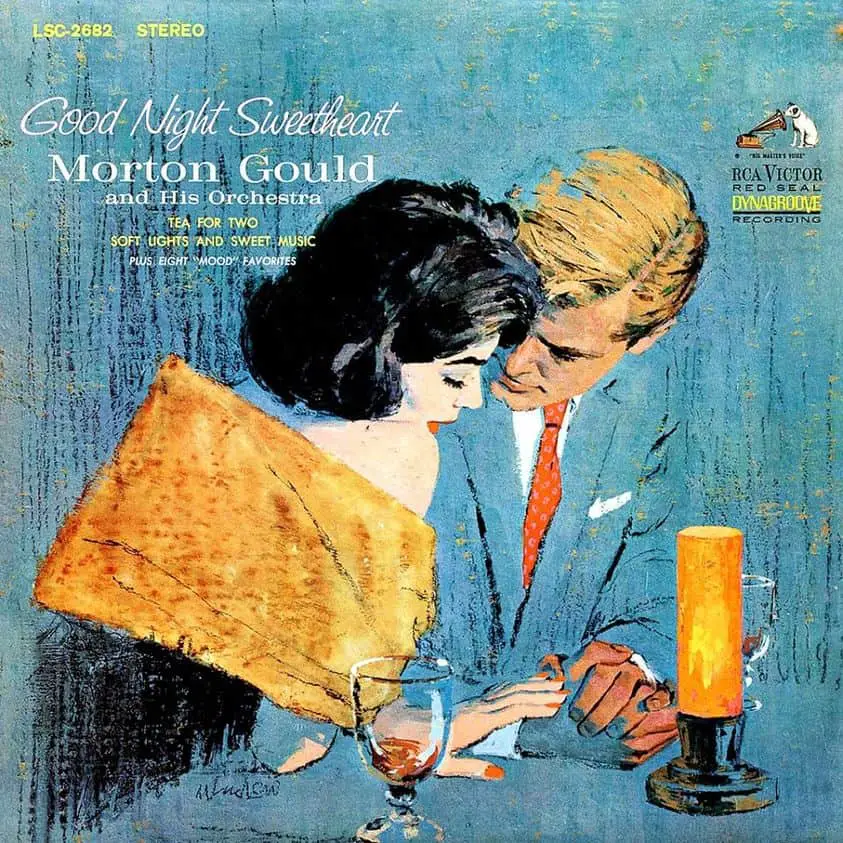
The inverse is equally true. Disembodied masculine hands coming onto the page to terrorise a less powerful (female or young) character are prevalent in illustration, including in illustration for children.
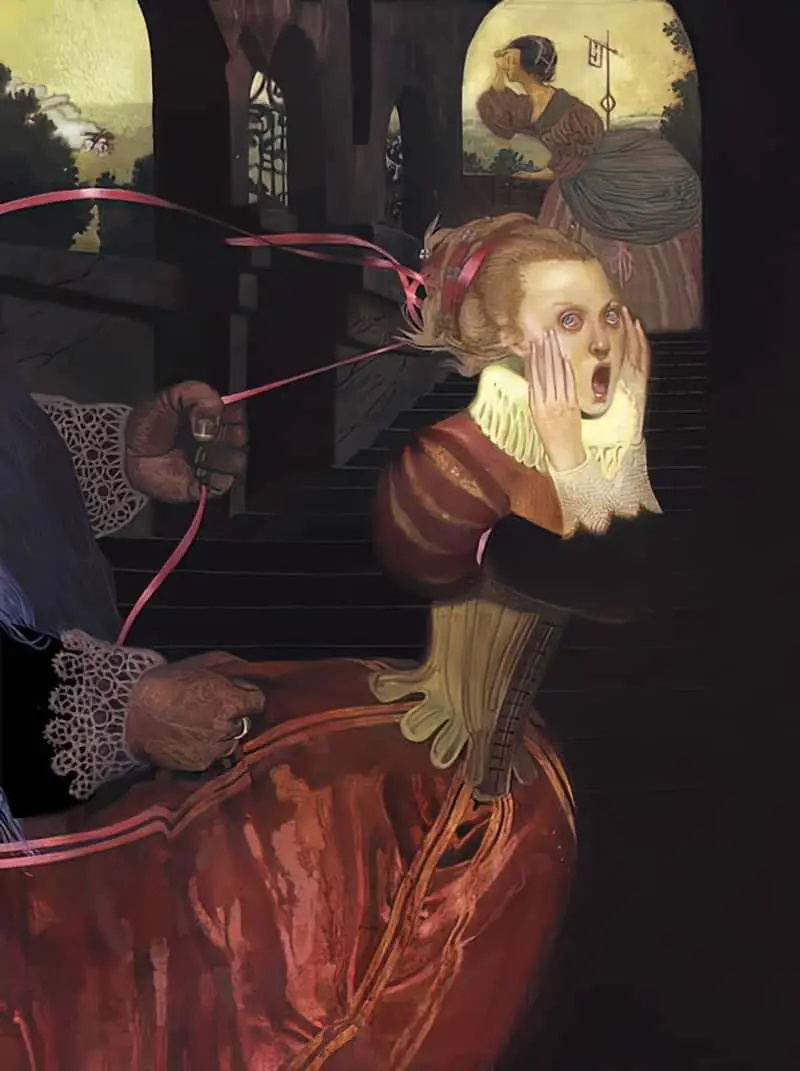
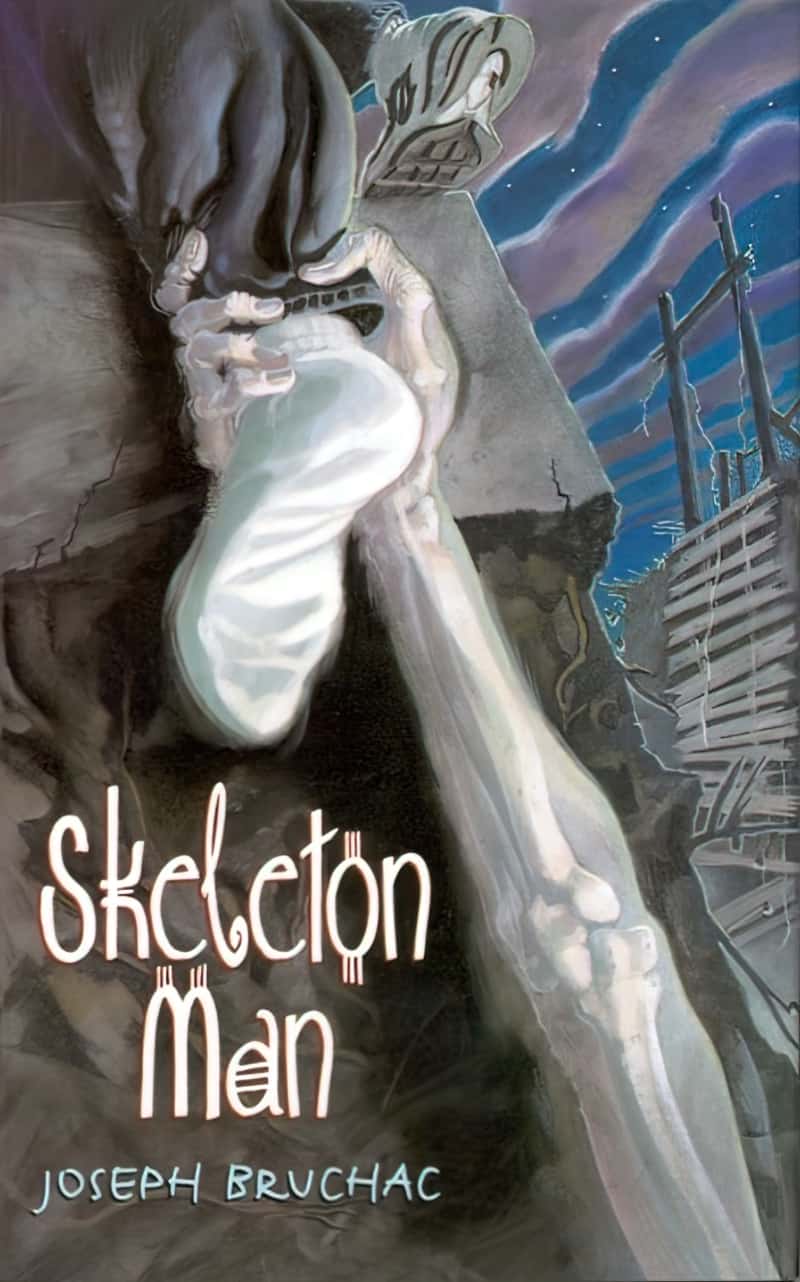
But the best examples can be seen on the covers of pulp magazines and erotic fiction.
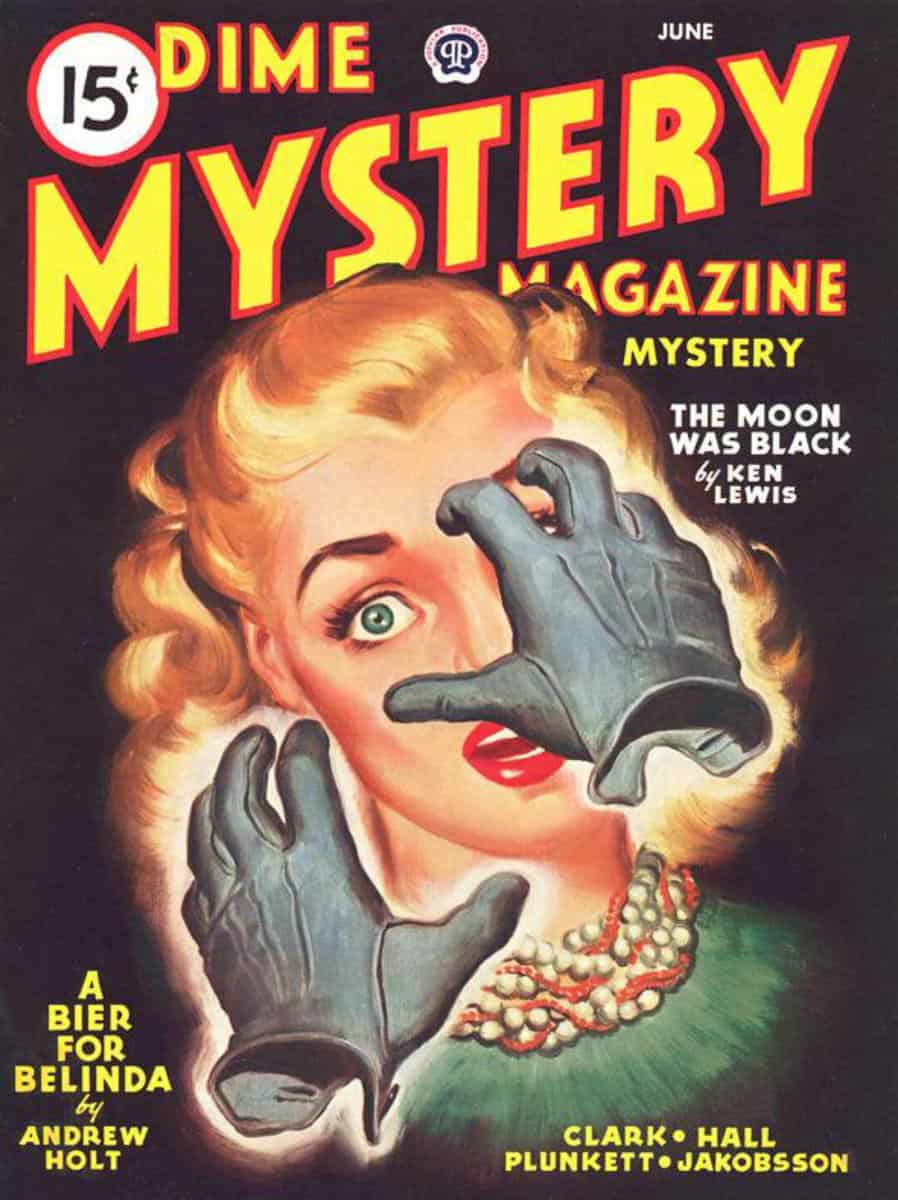
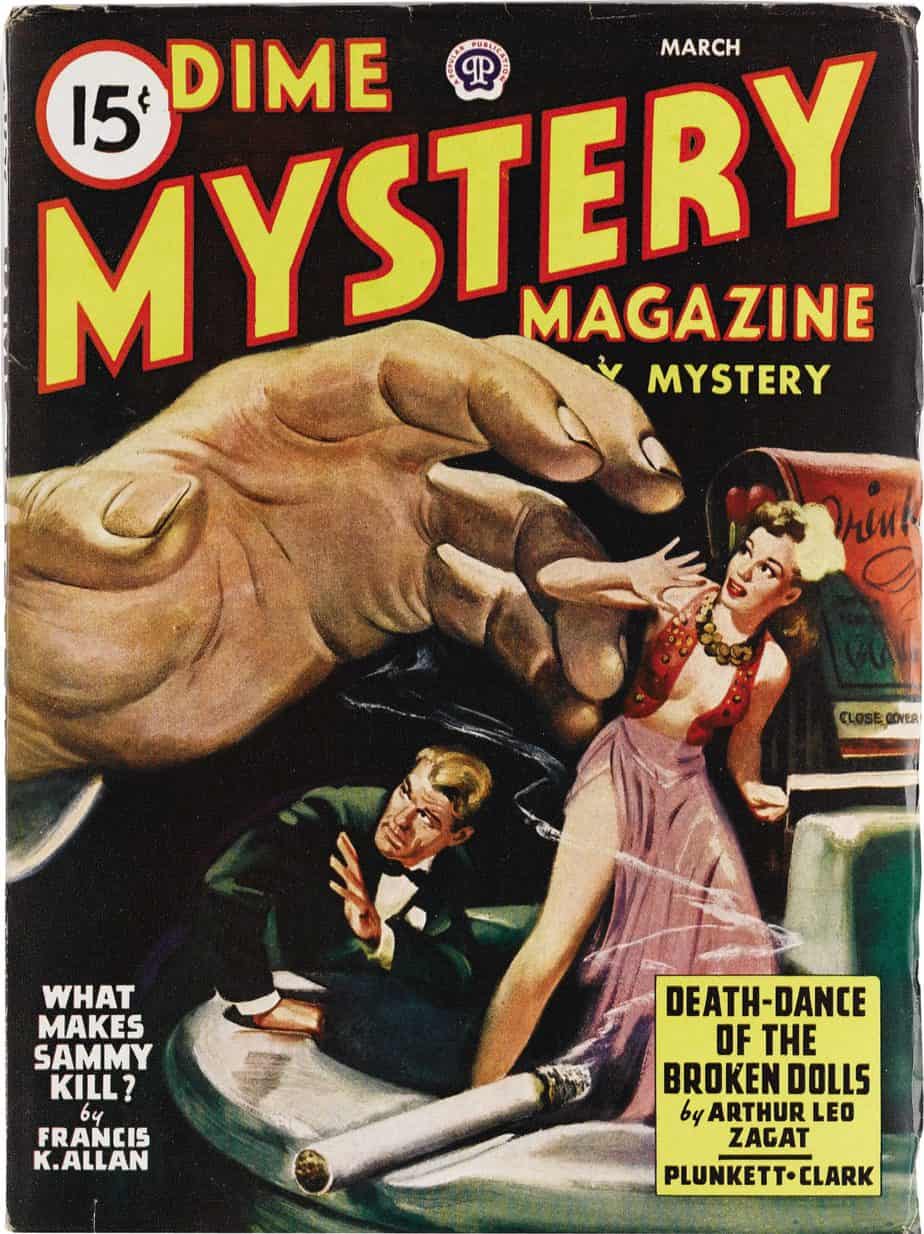
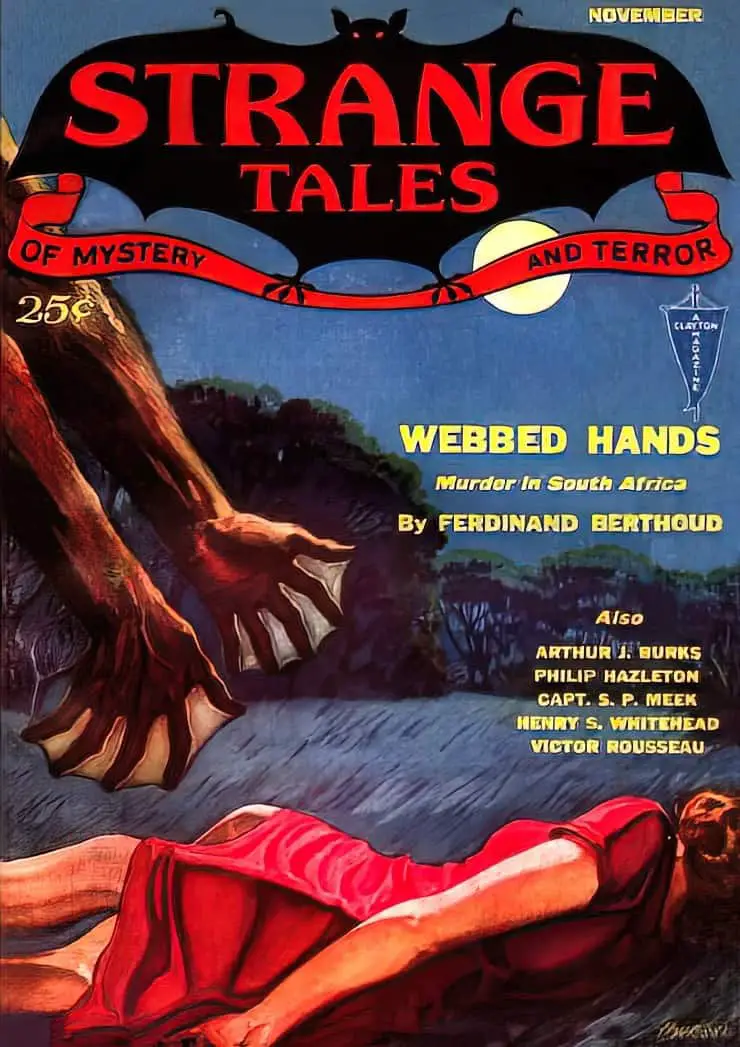
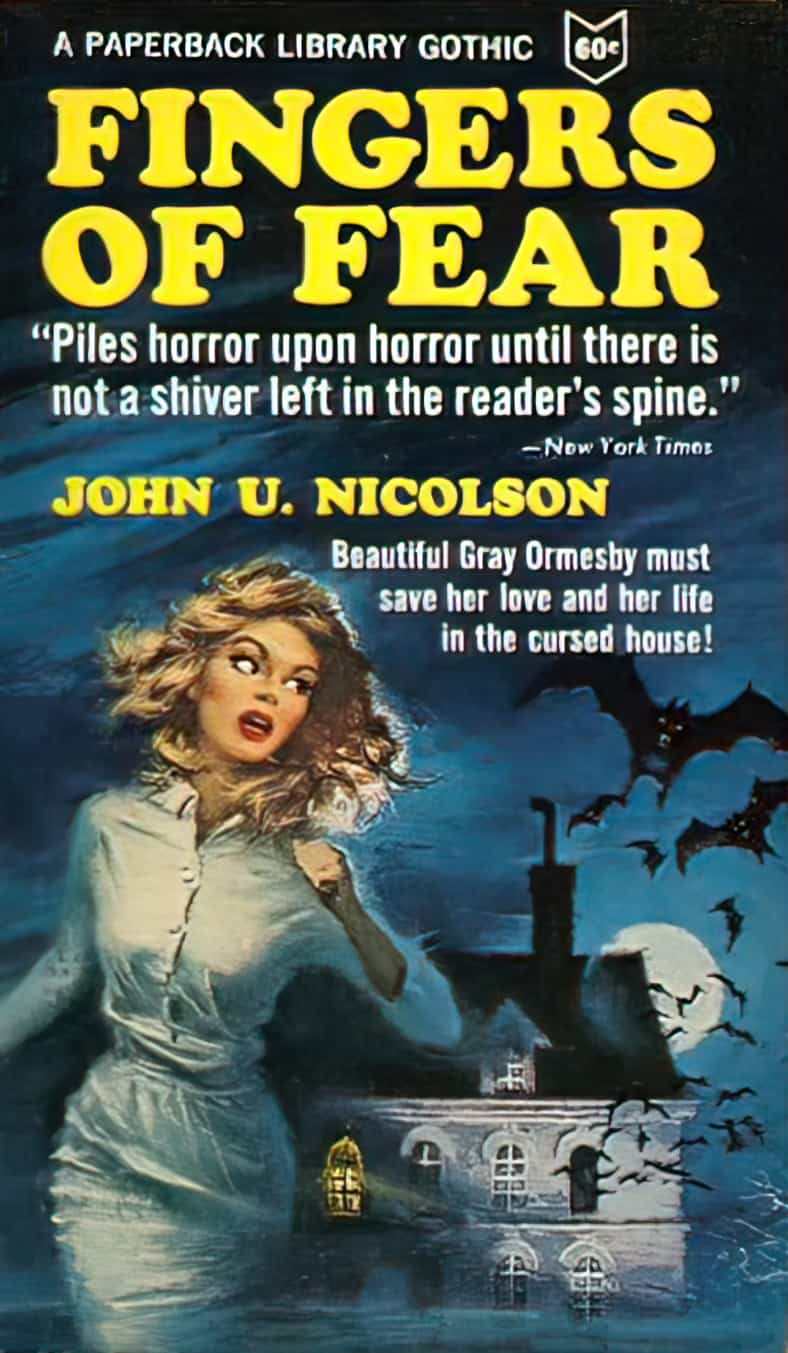
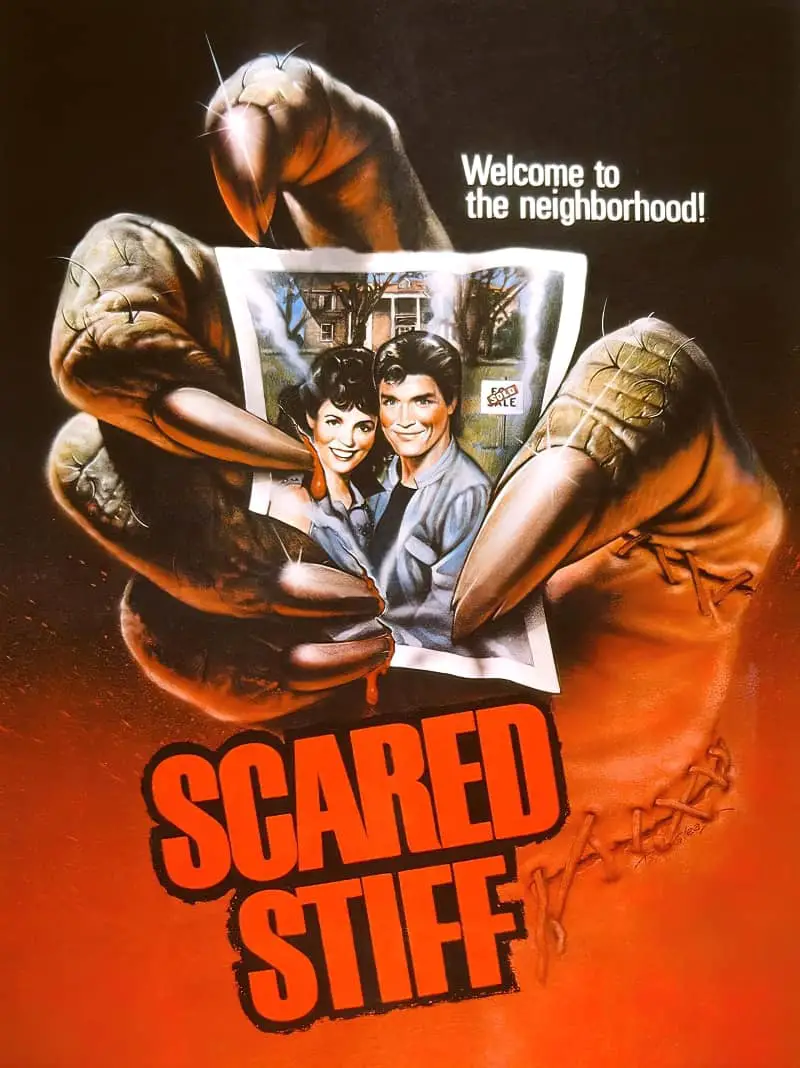
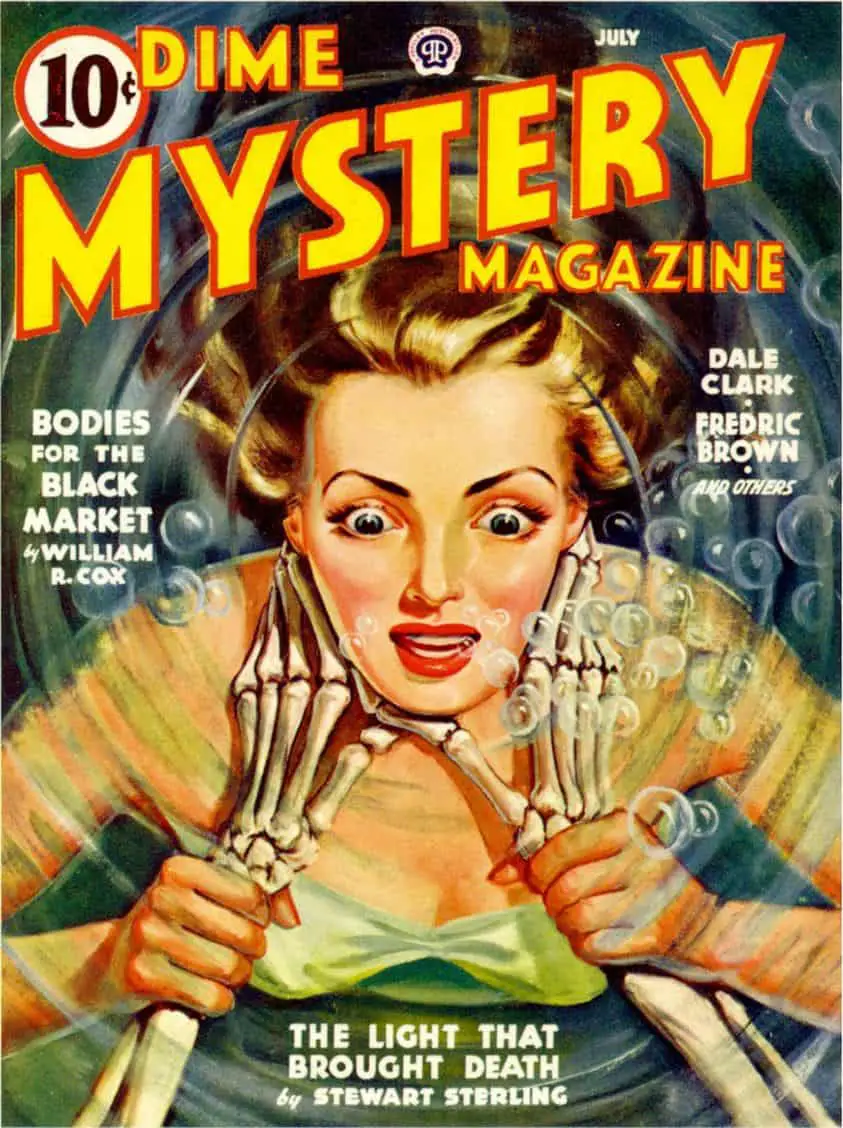
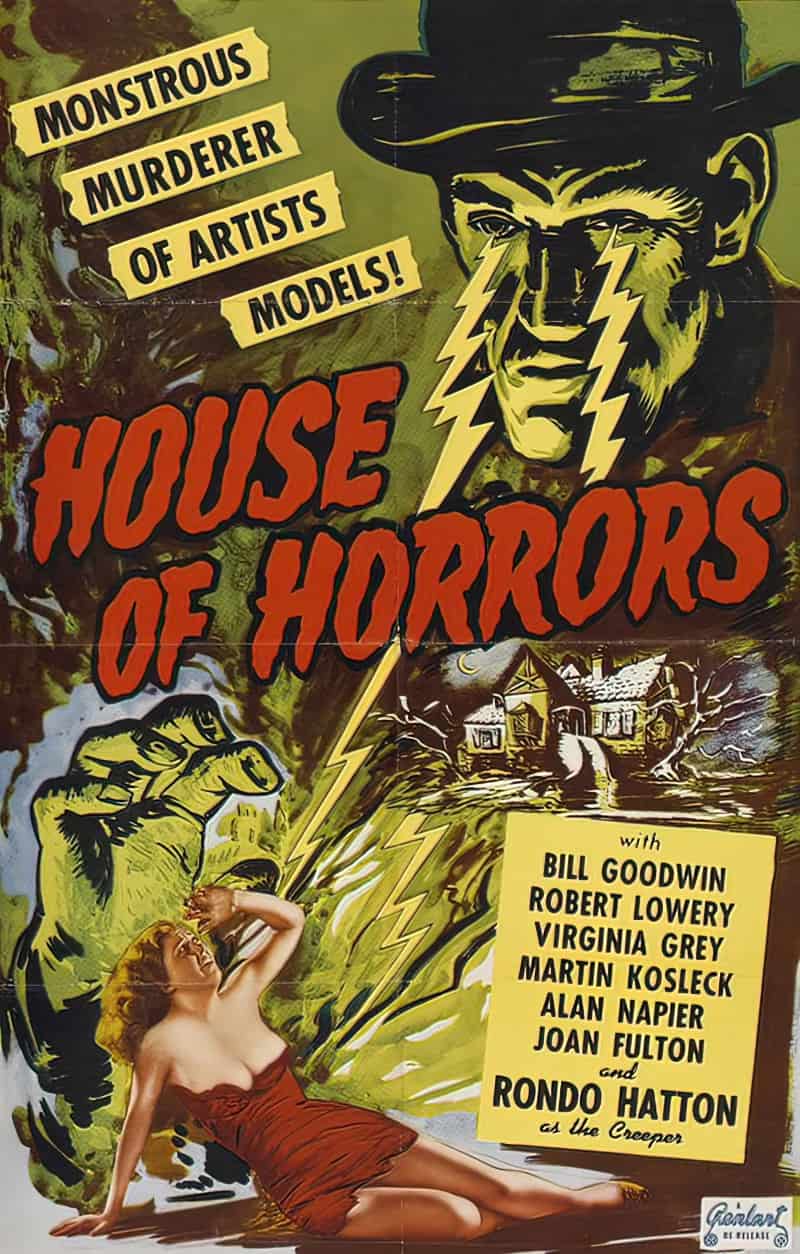
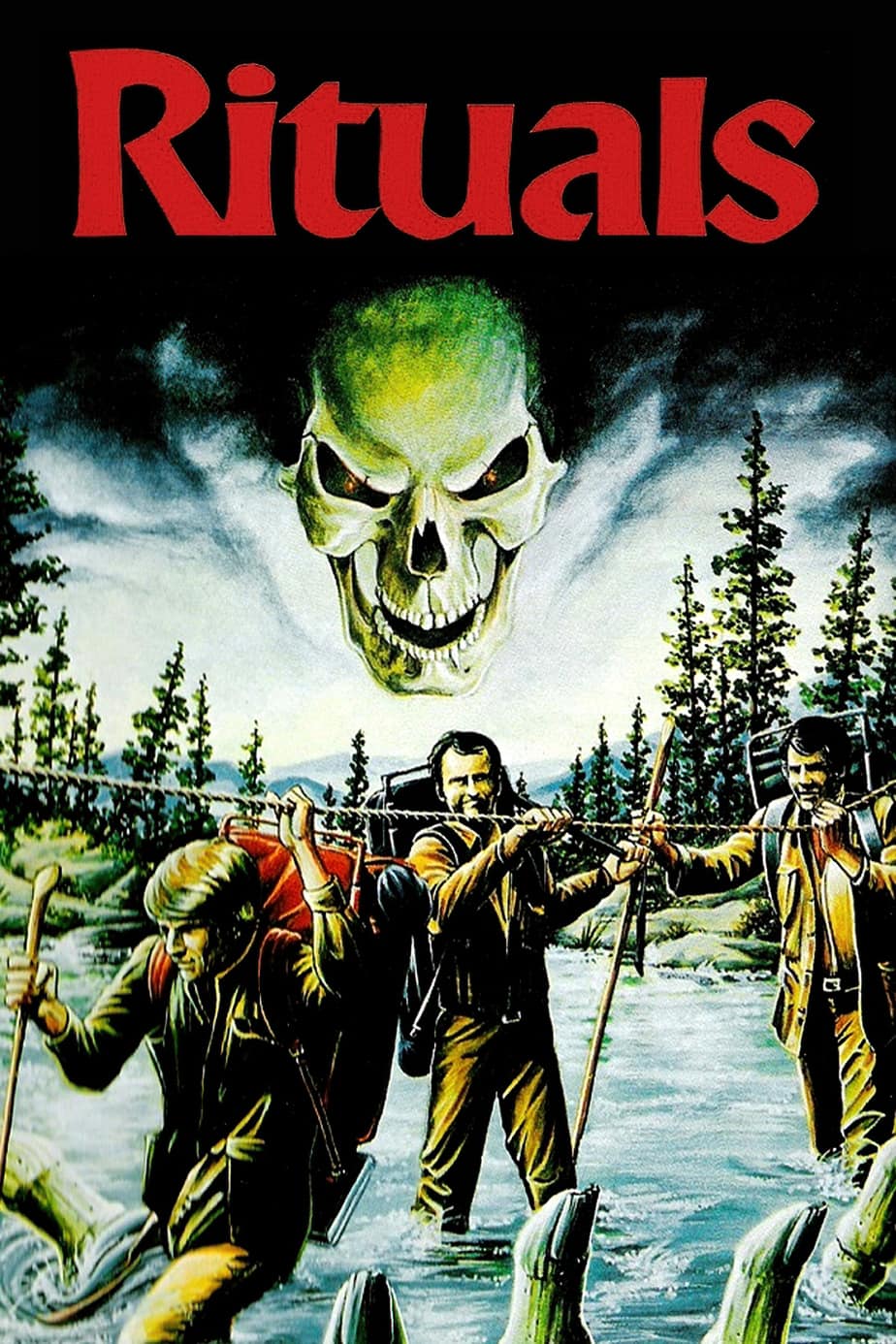
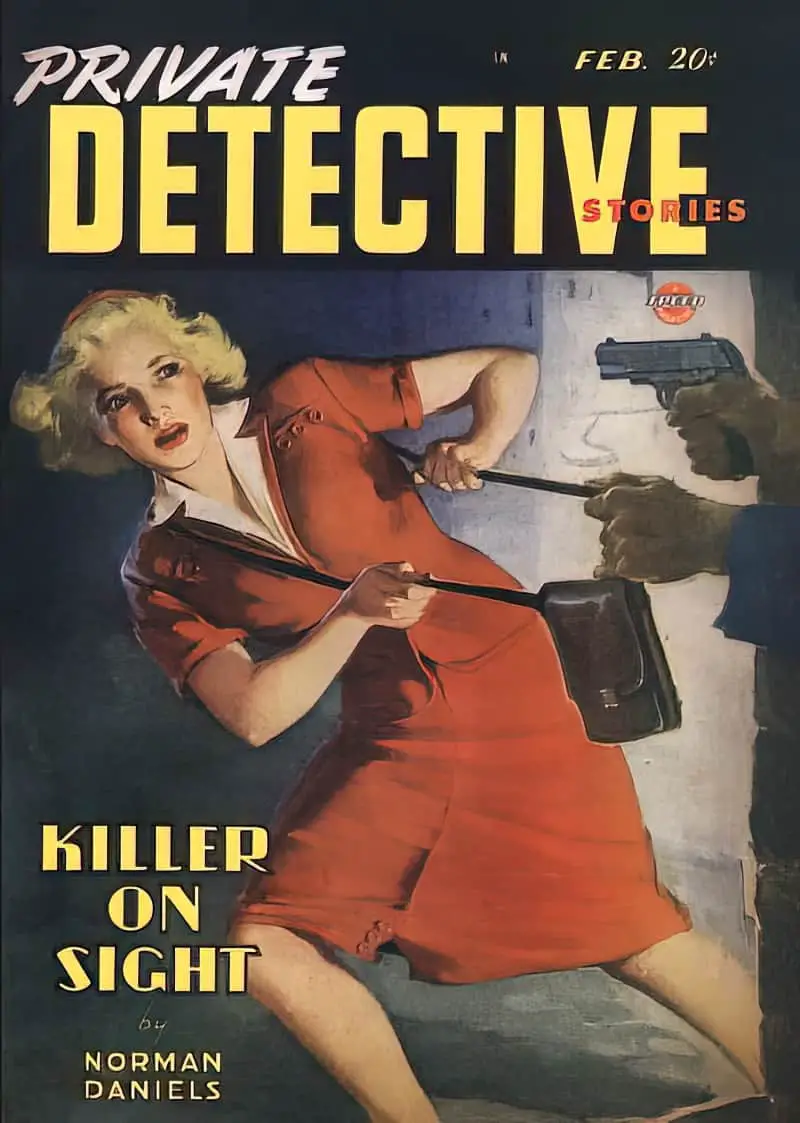
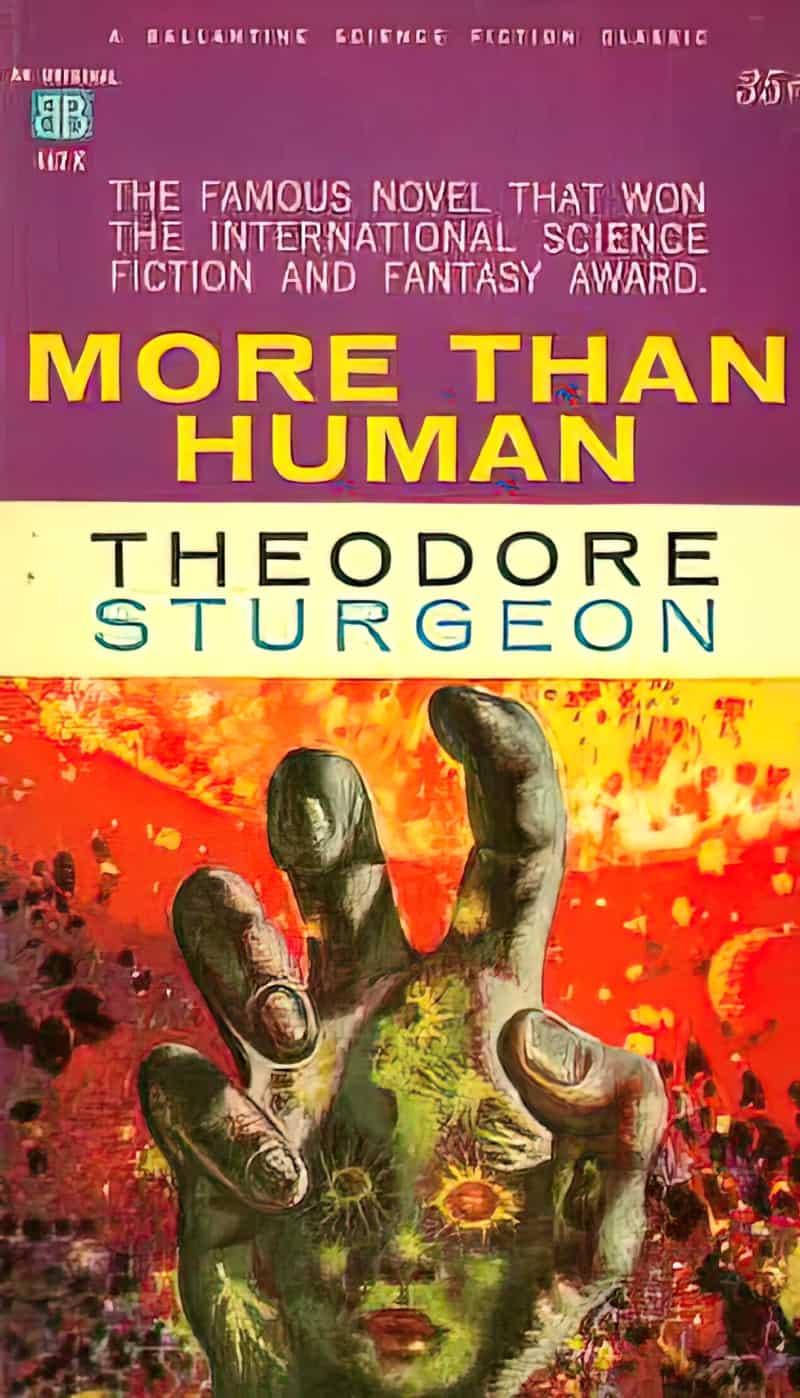
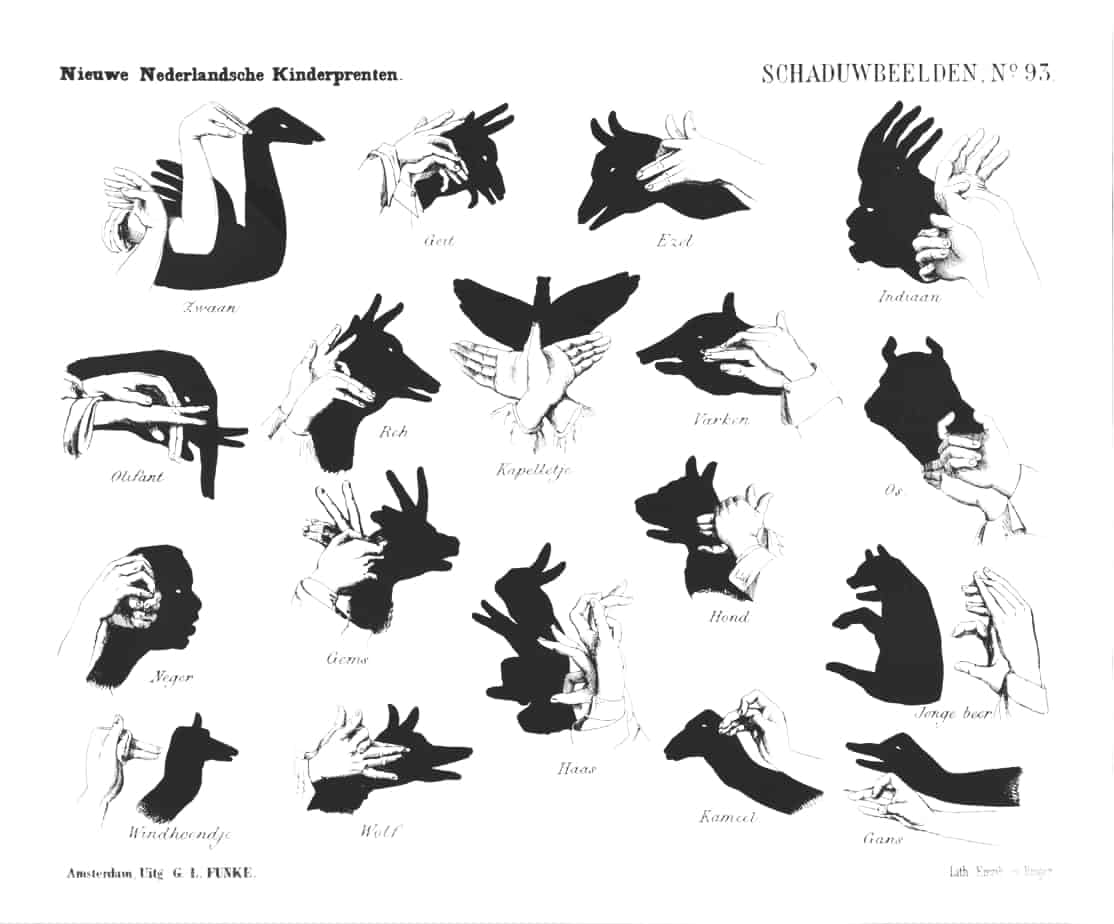
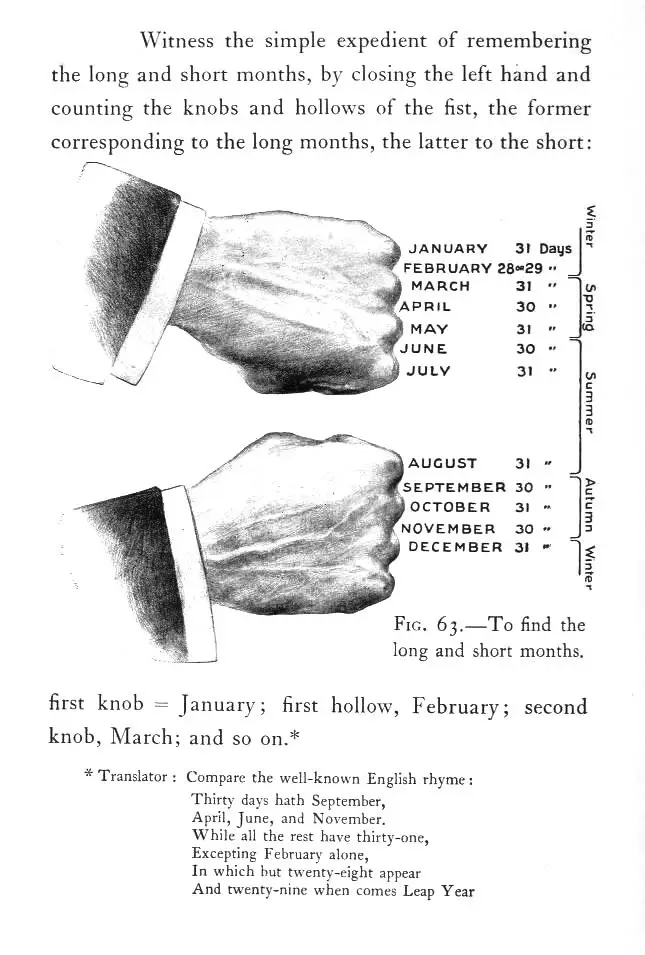
Sometimes artists utilise hands in less expected ways.
Large hands in the landscape turn humans into miniatures, as shown in the artworks below.
Although best known as an author and illustrator of children’s books, Tomi Ungerer’s oeuvre encompassed diverse practices including illustration, advertising, writing, collage, sculpture and architectural design.
Official Website of Tomi Ungerer
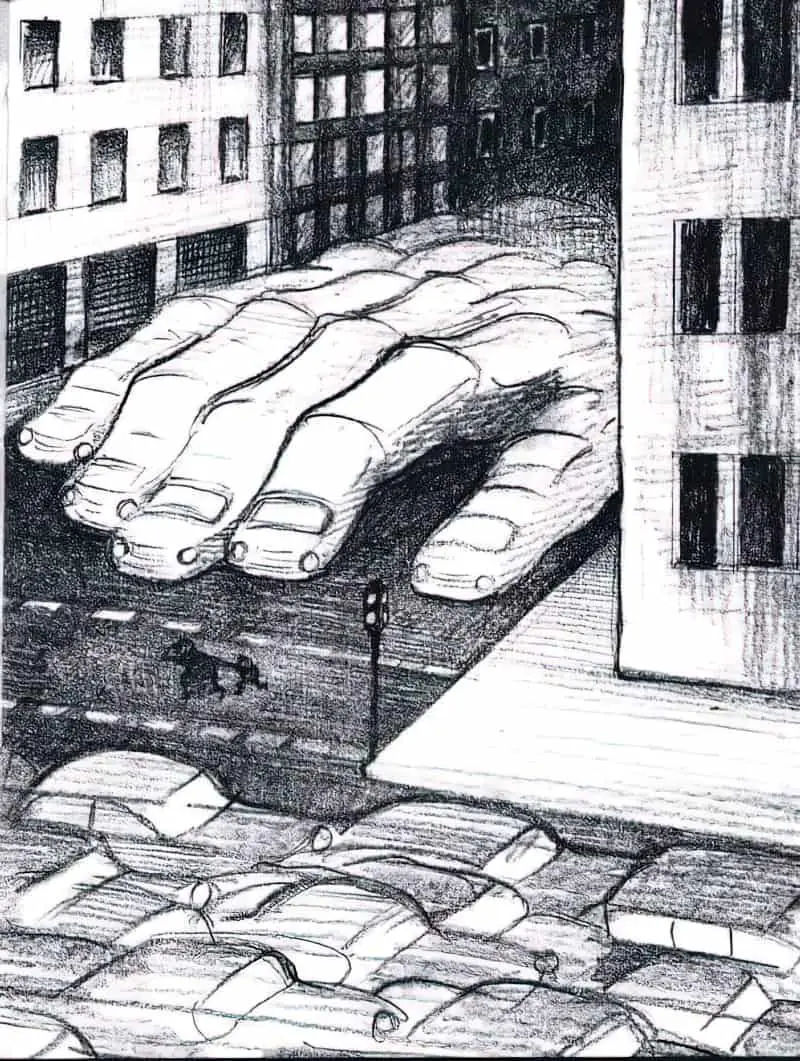
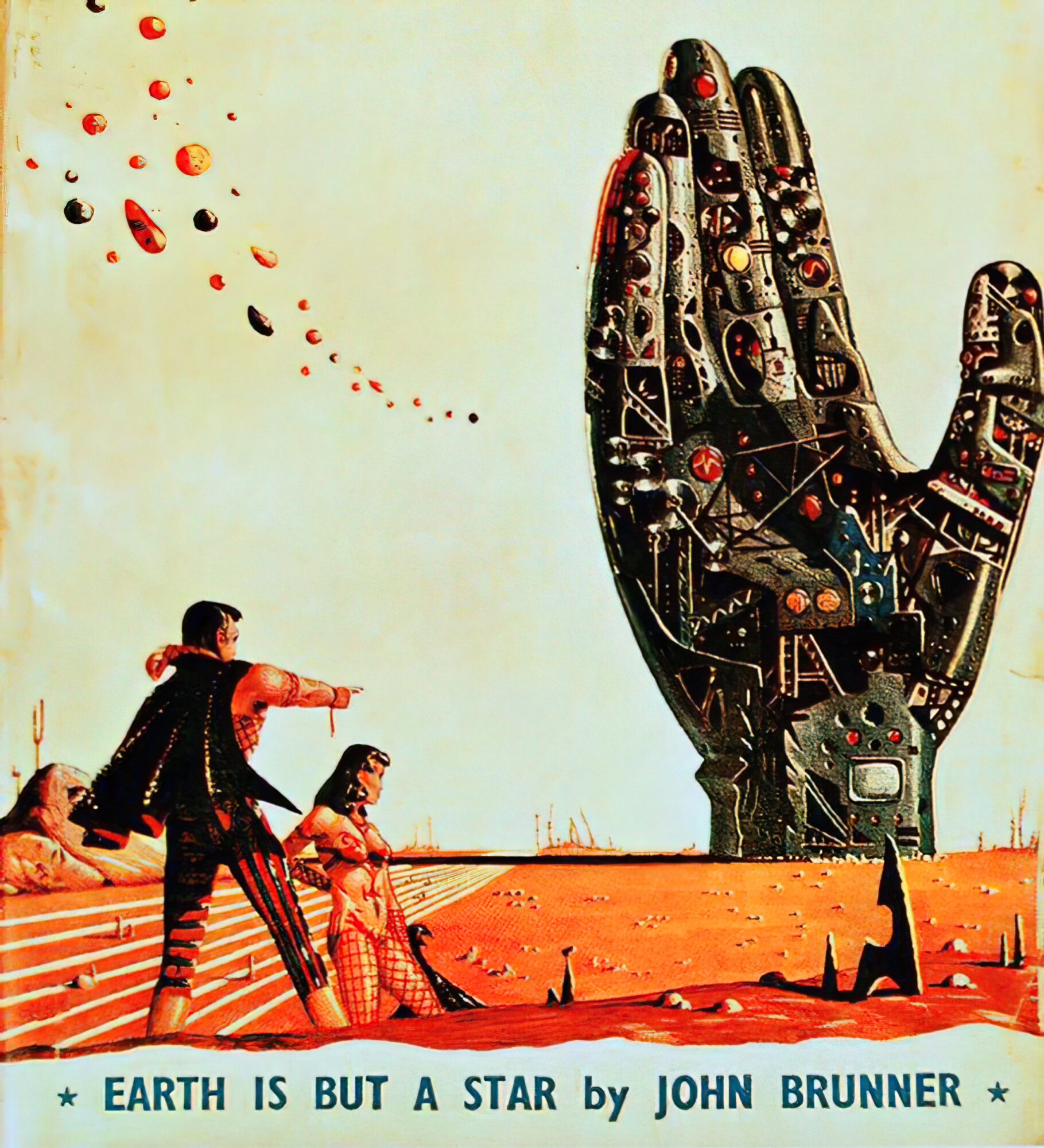
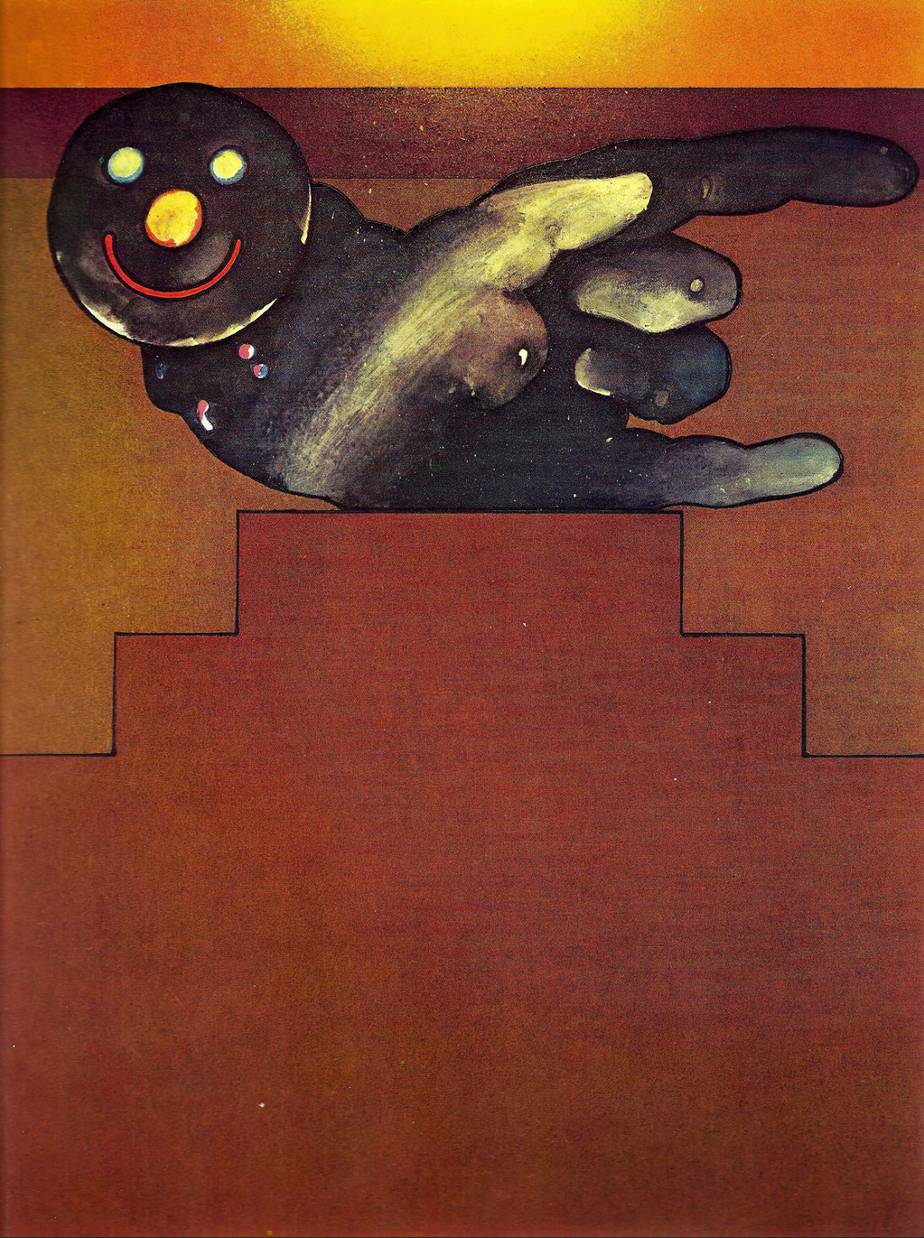
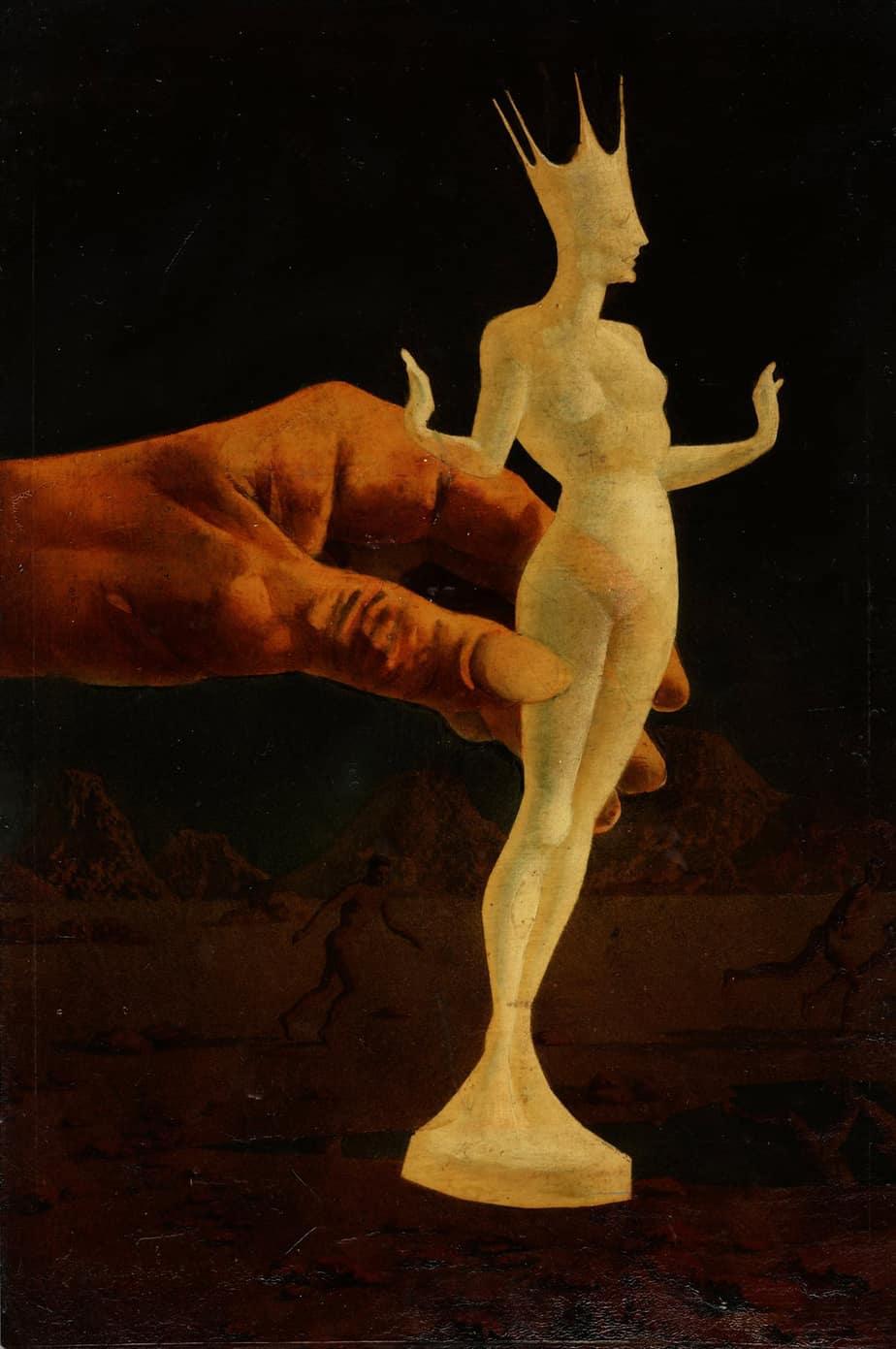
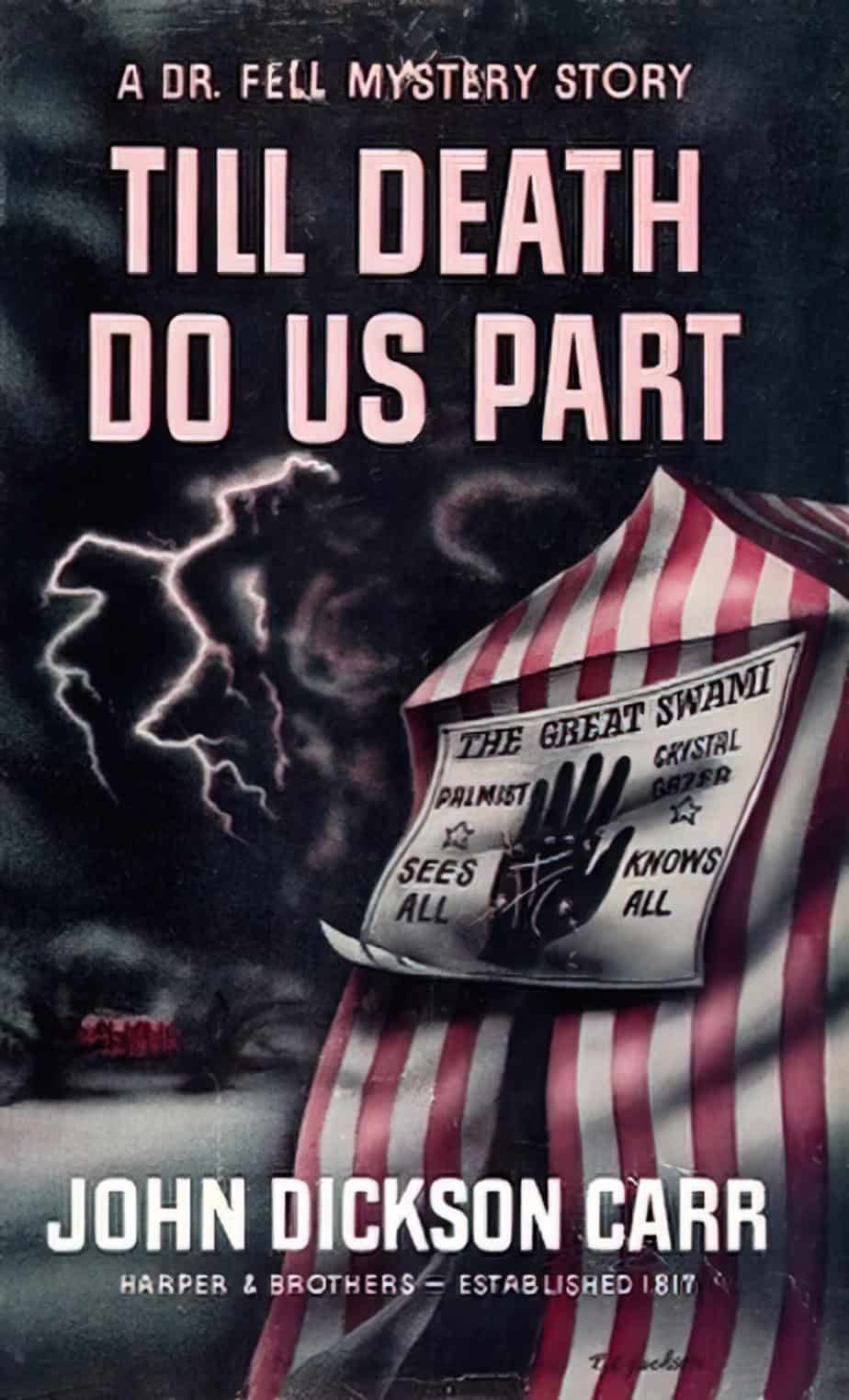
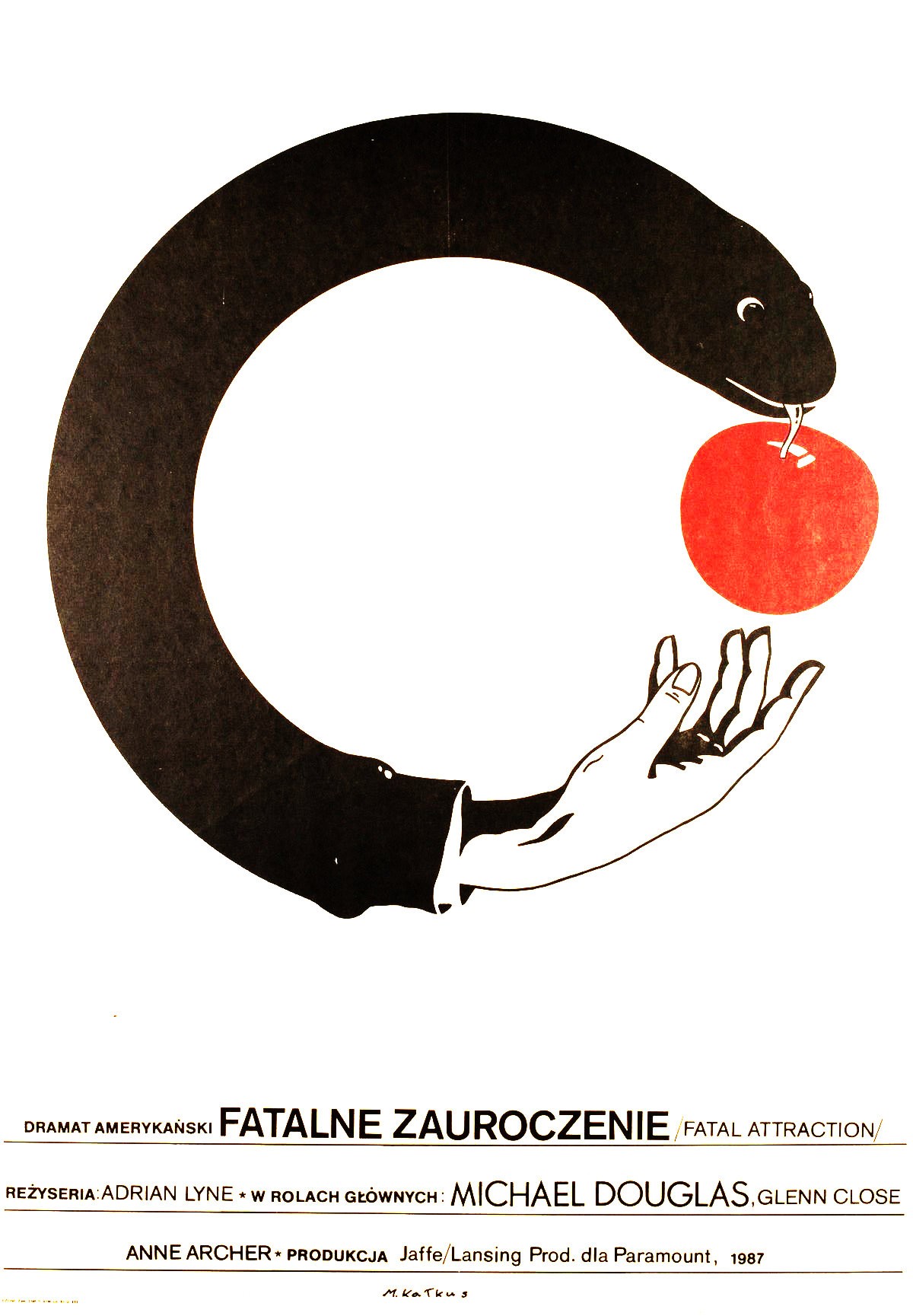
Header: The Hand screenshot from a short 1965 animation by Jiří Trnka
